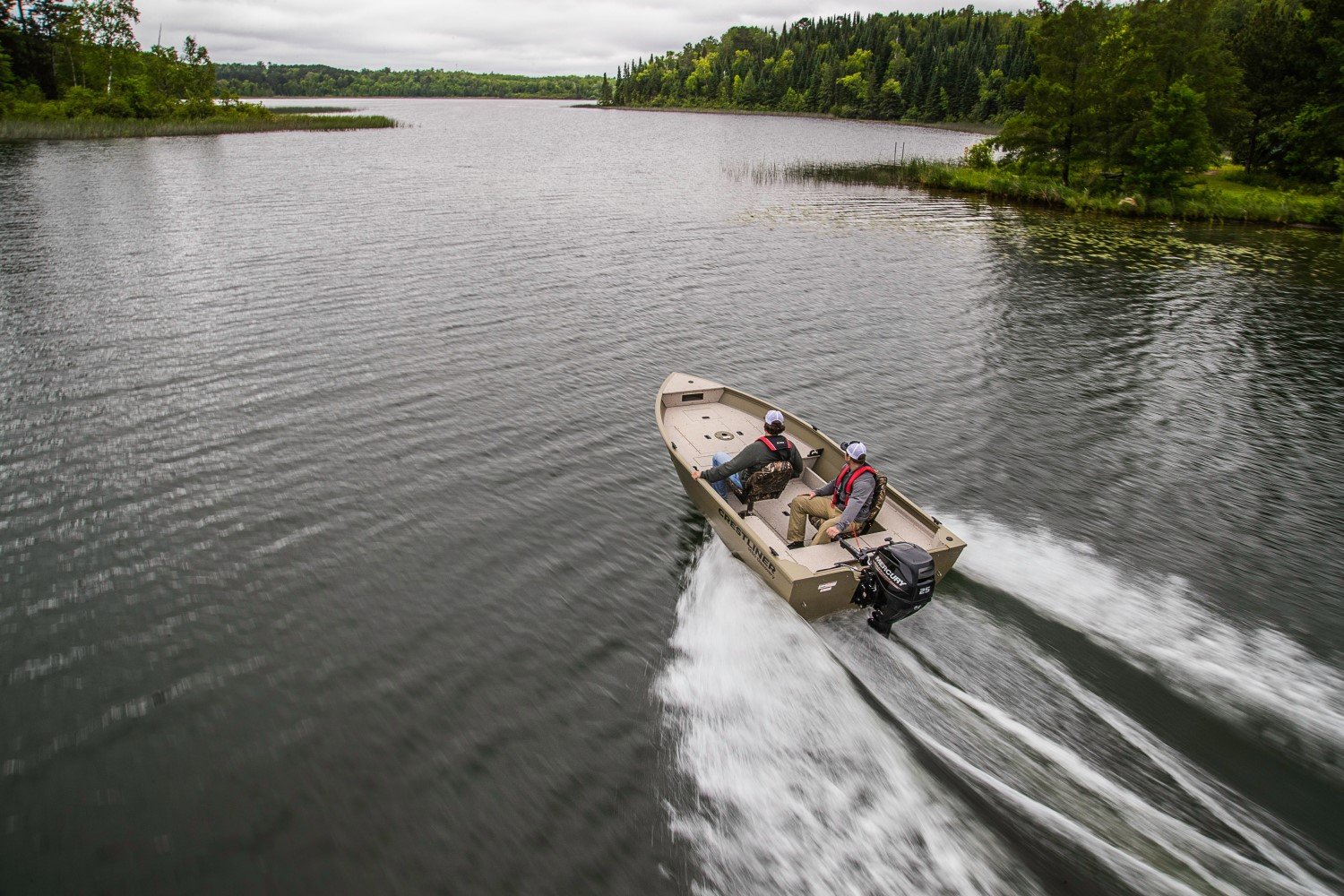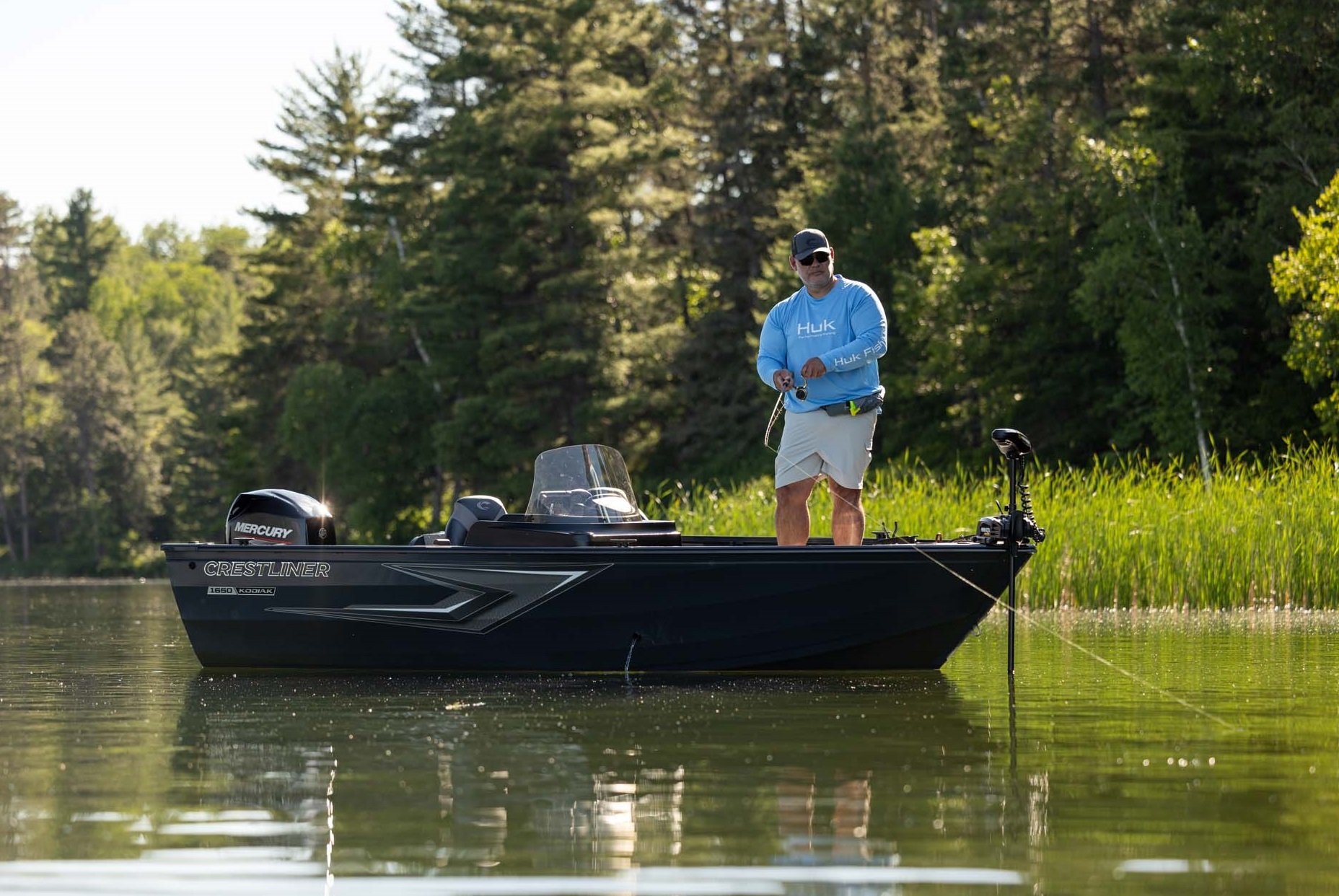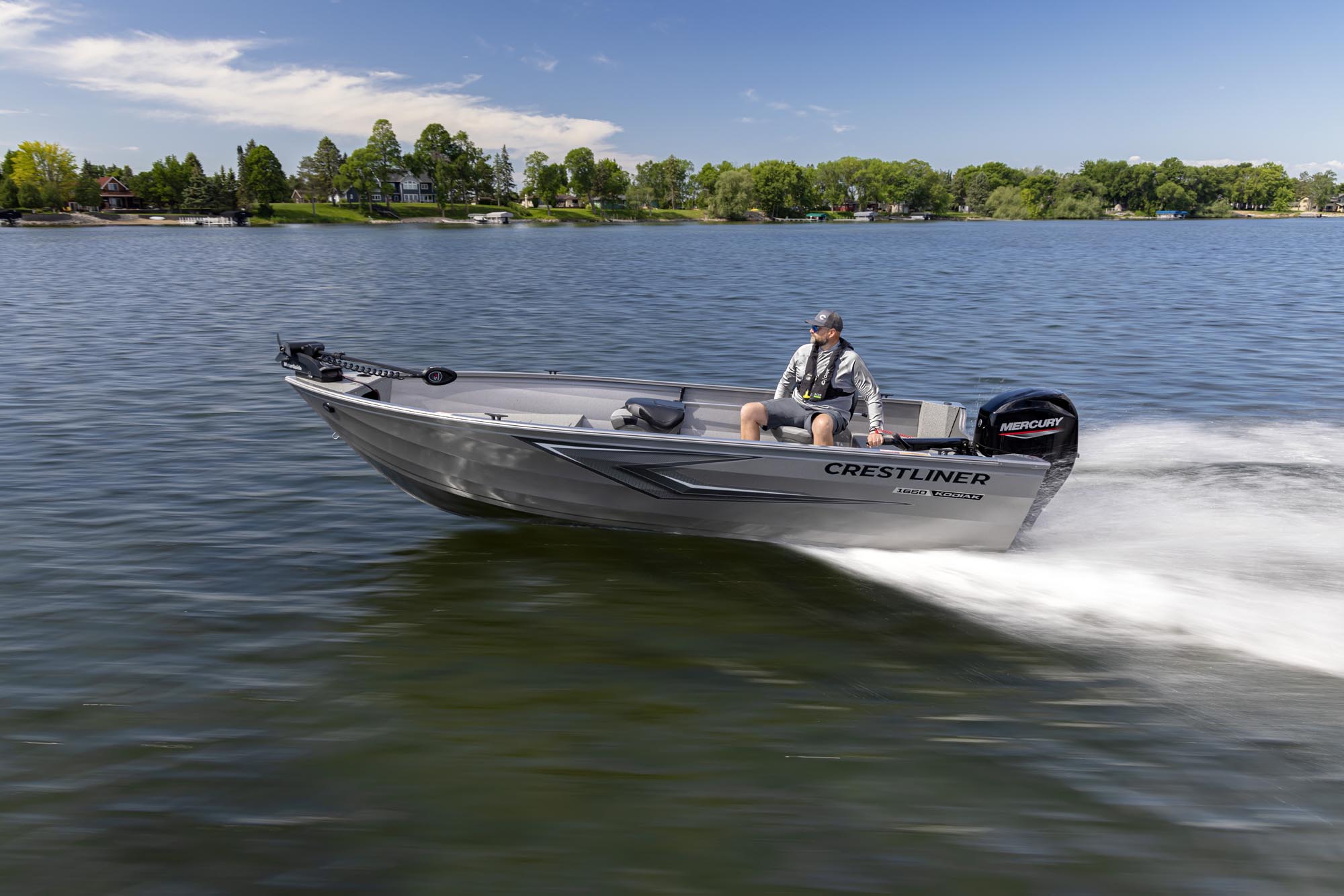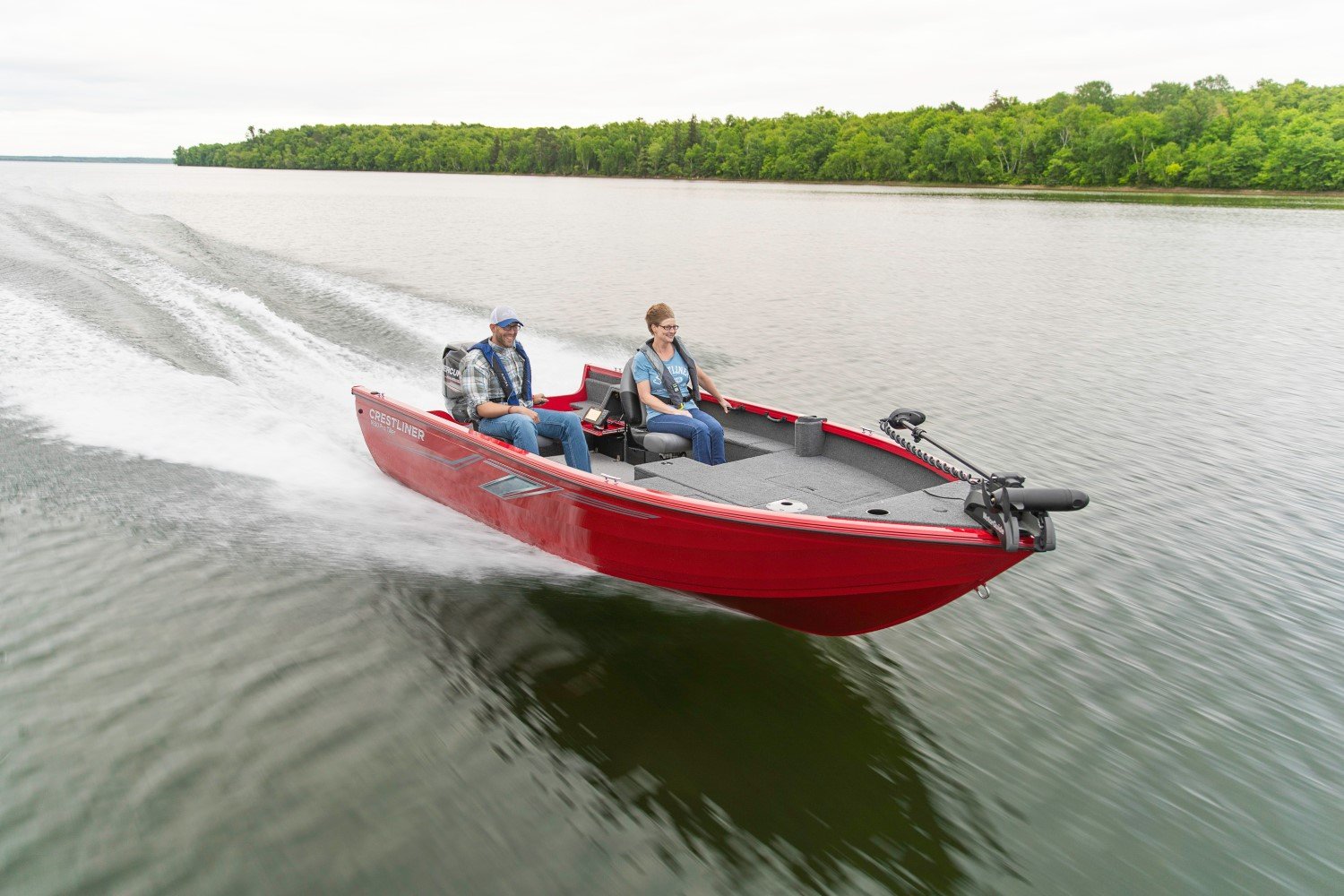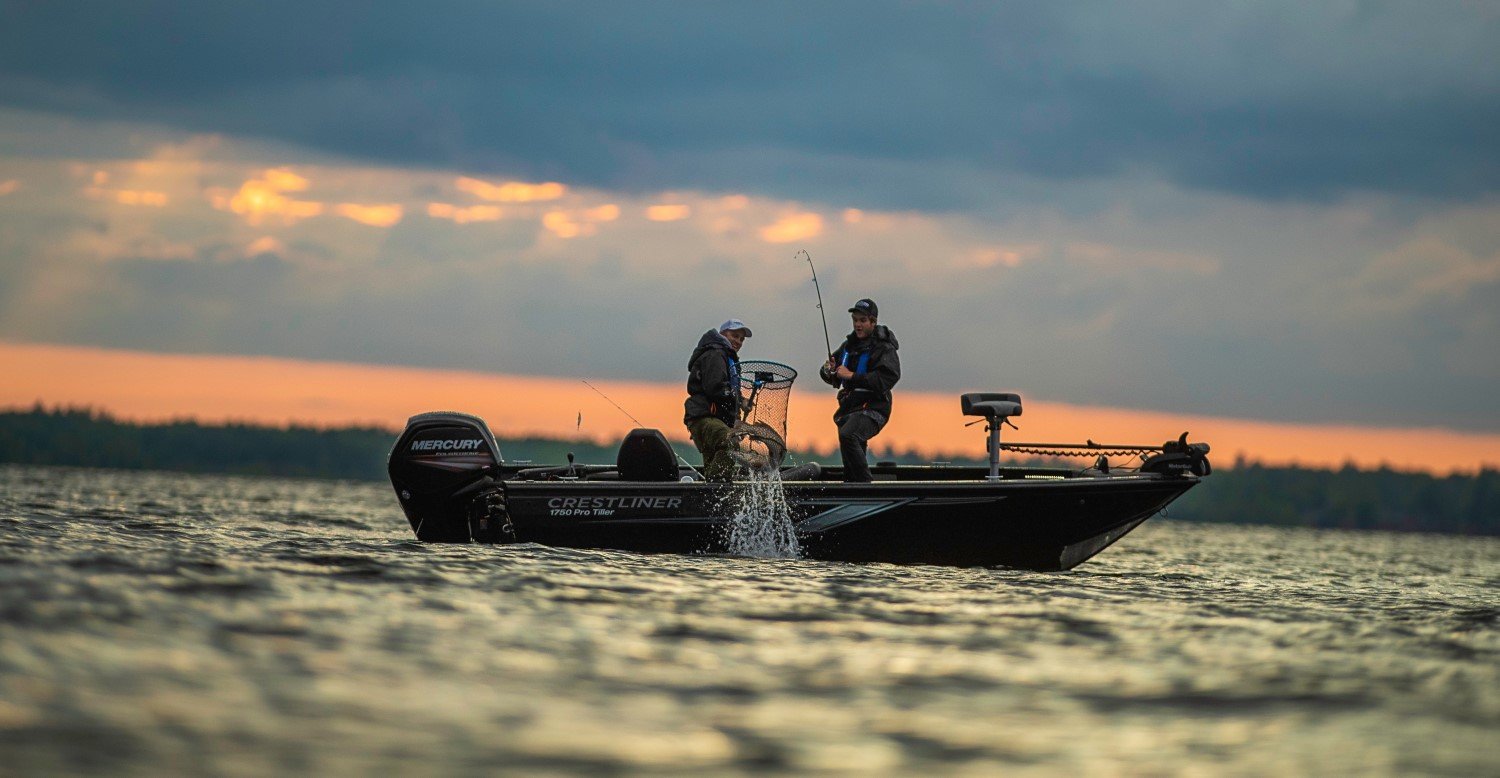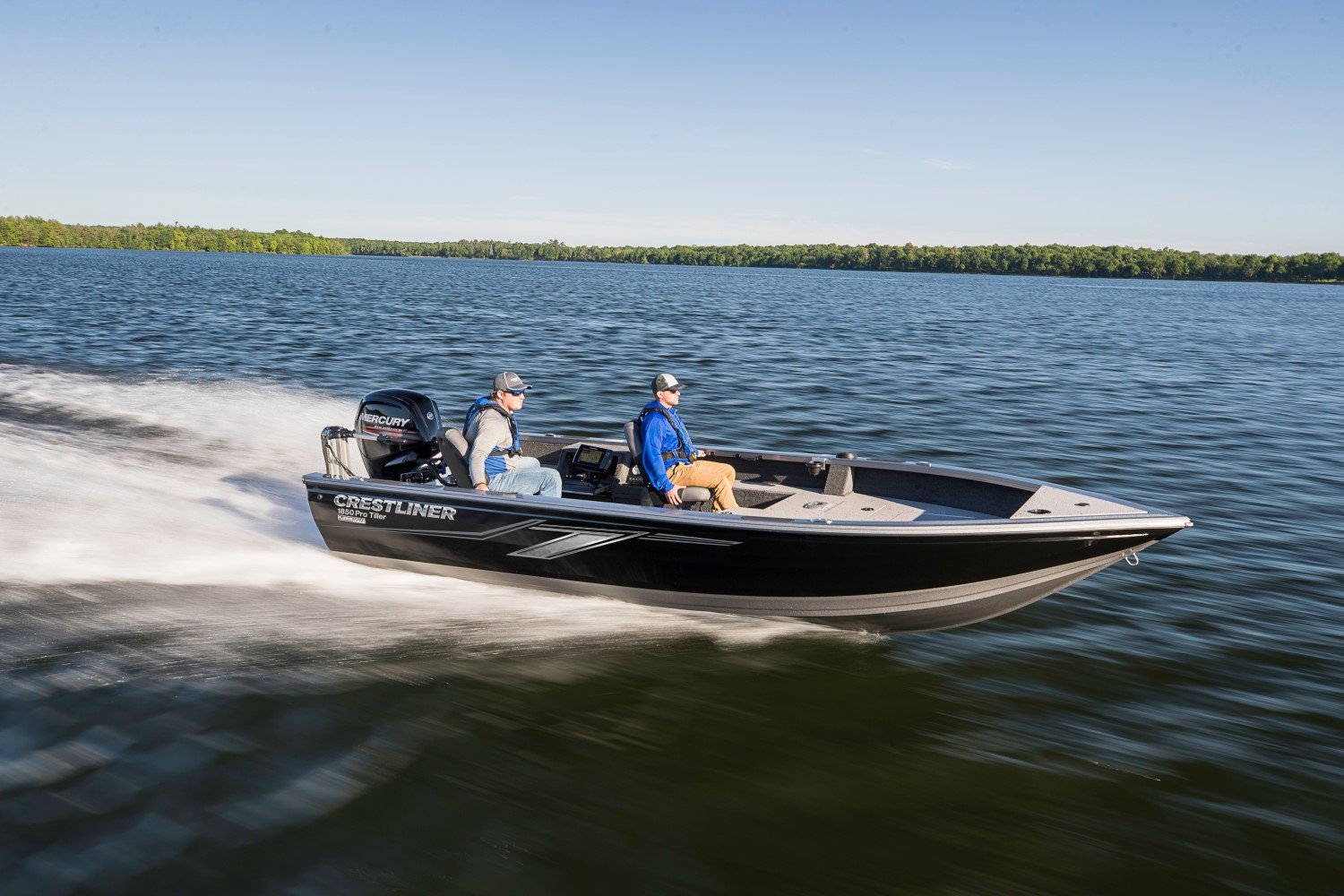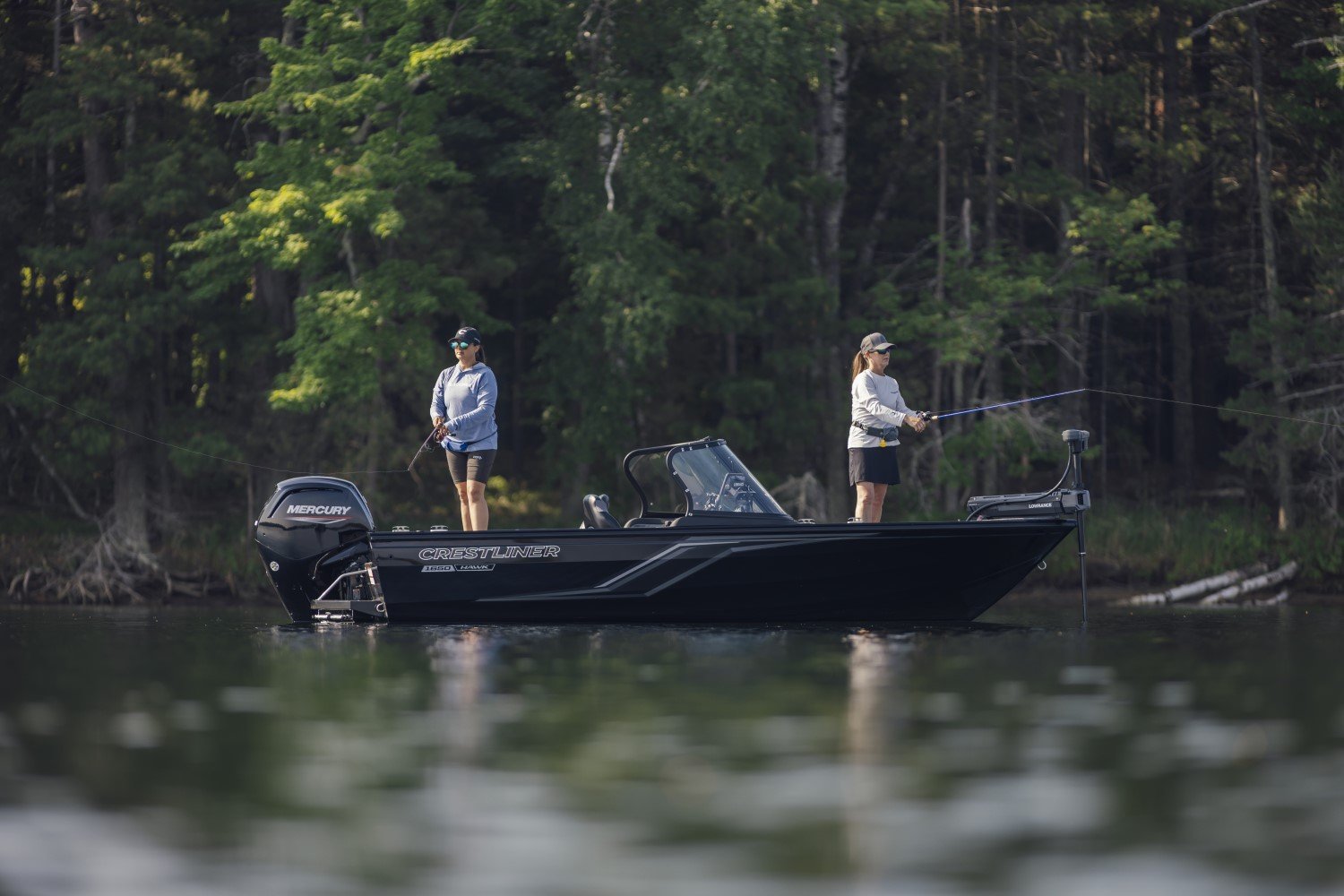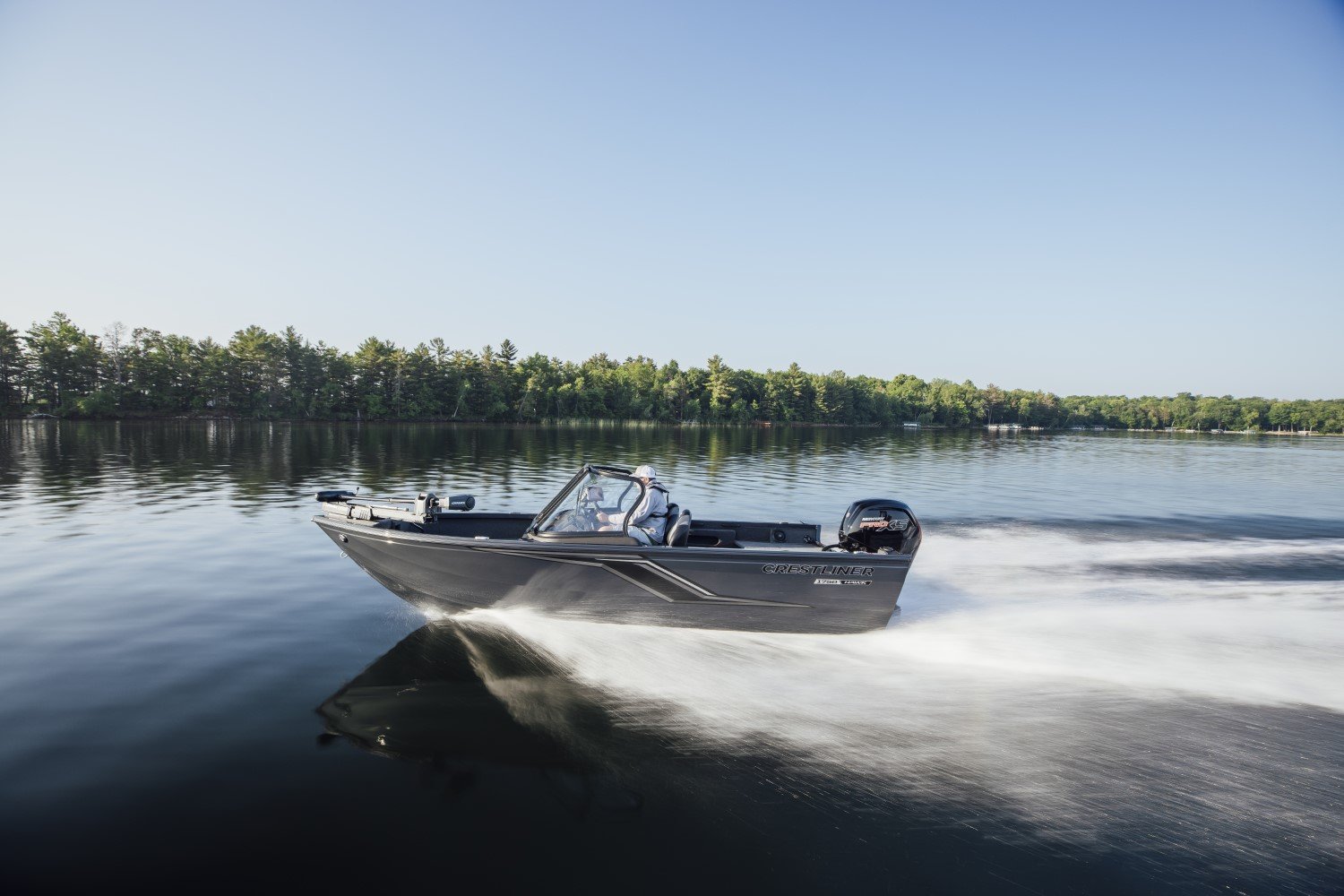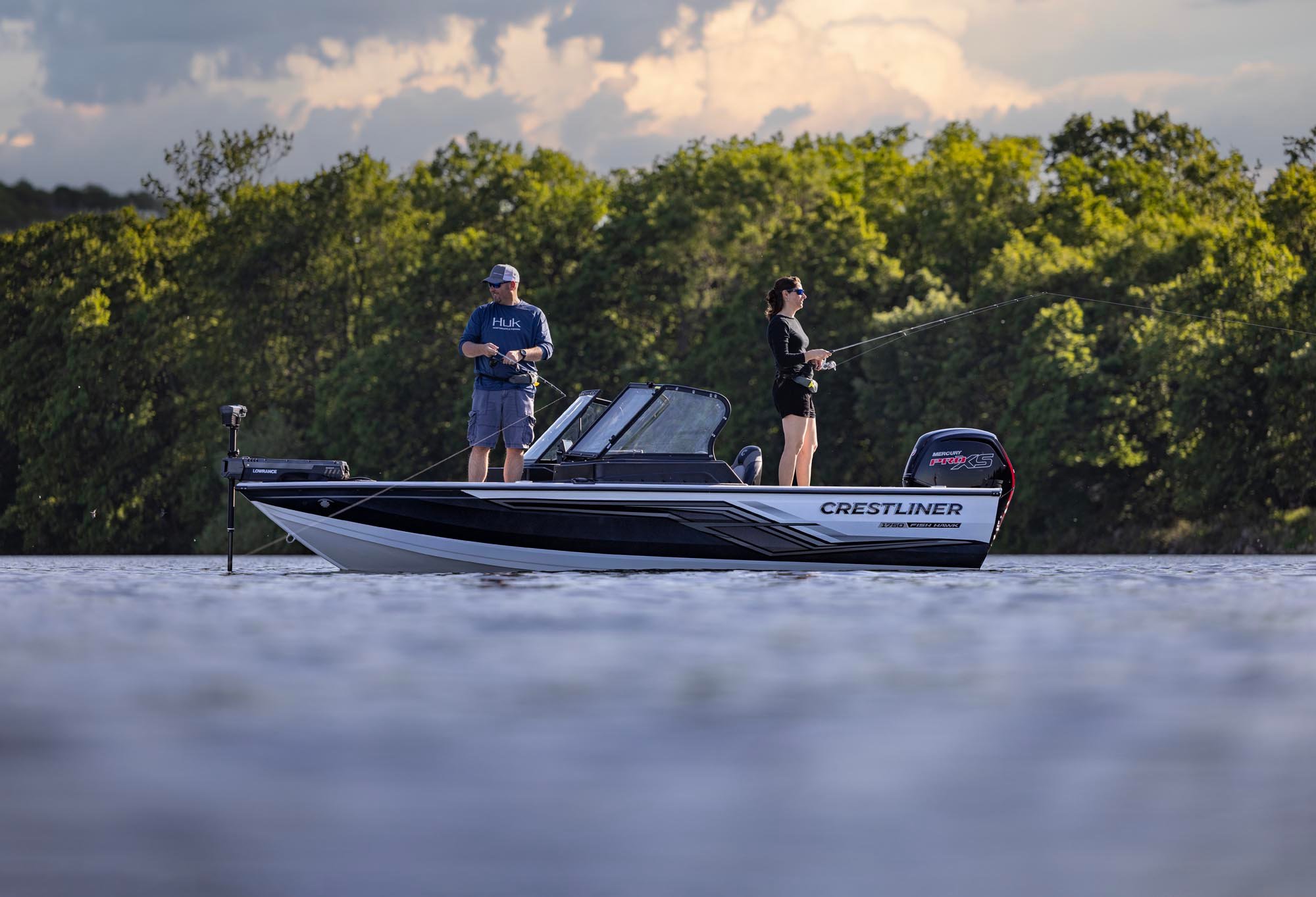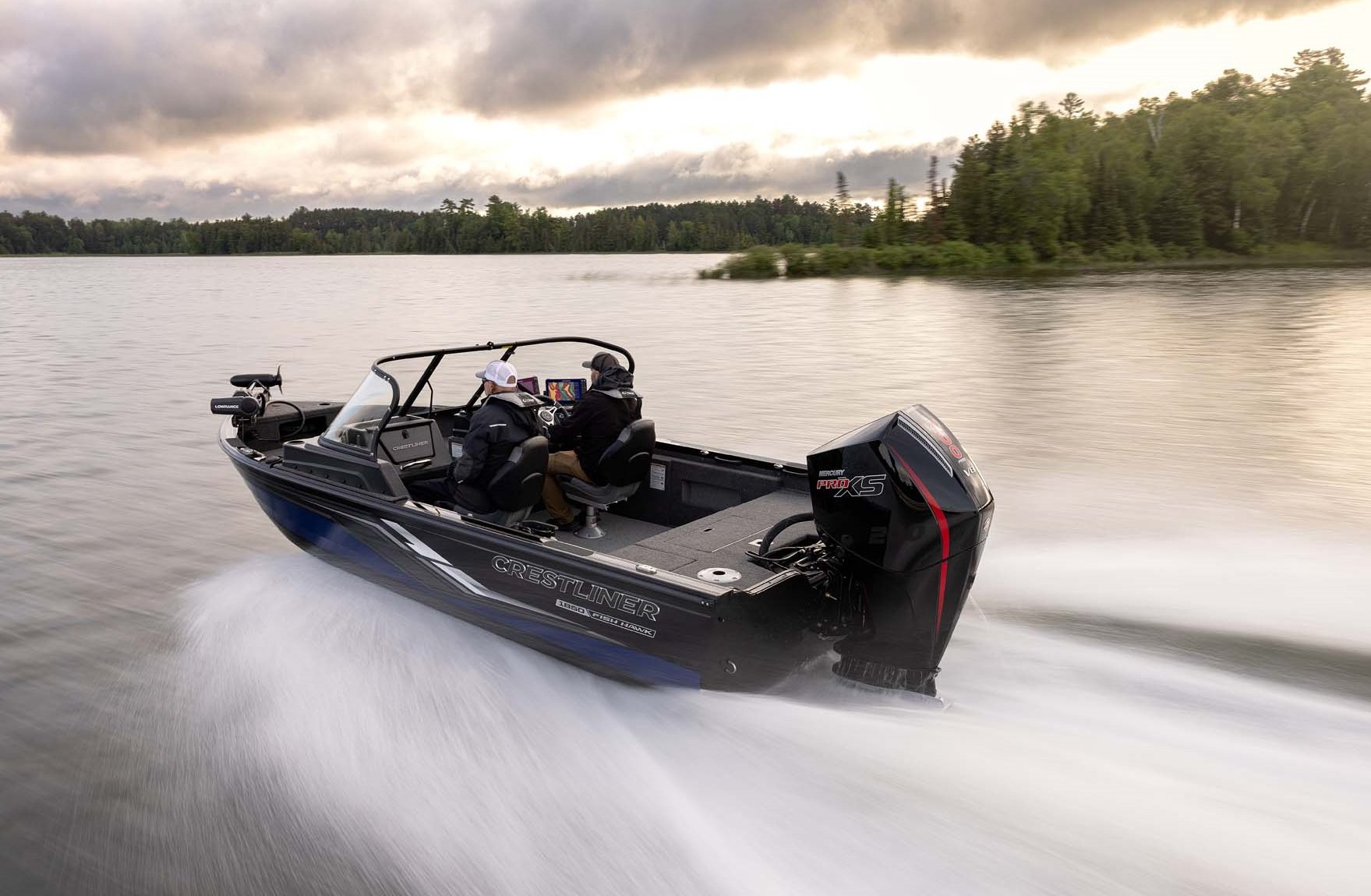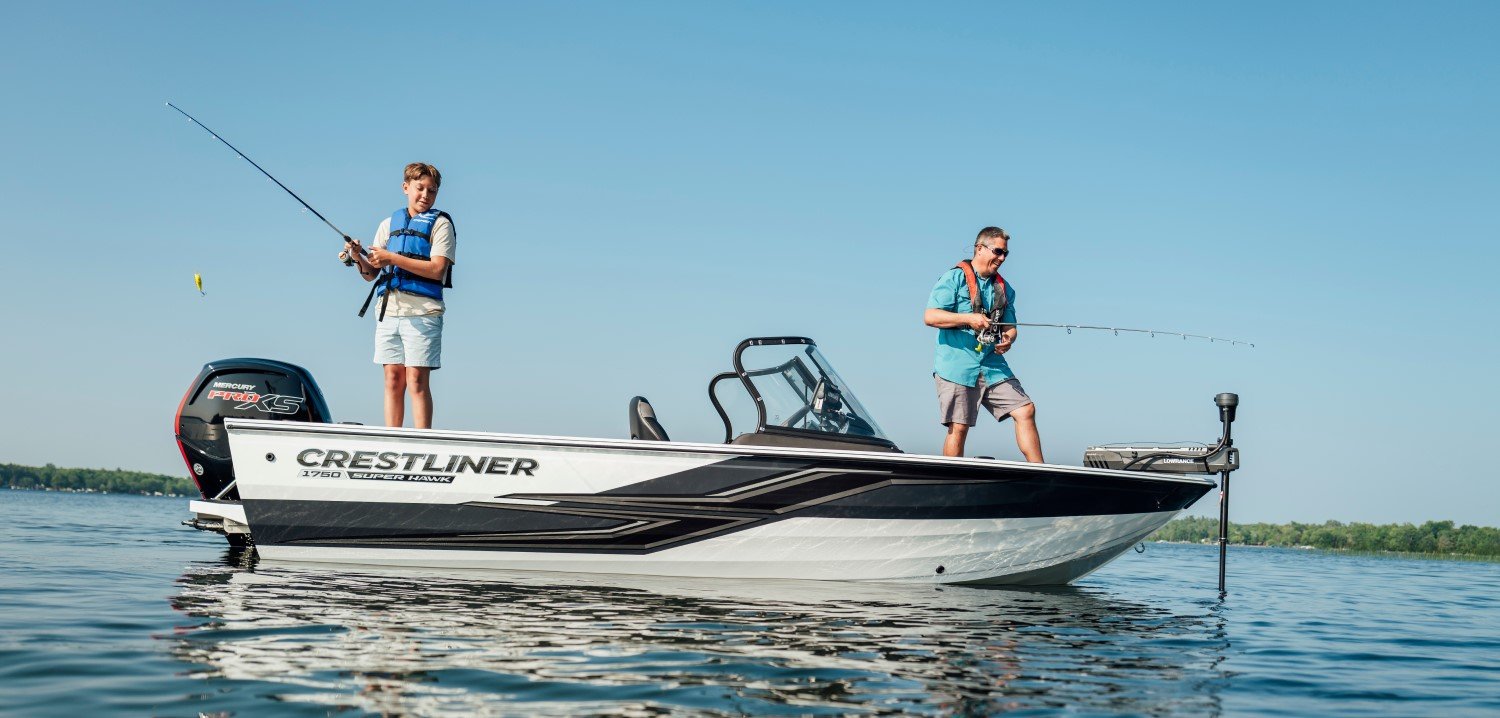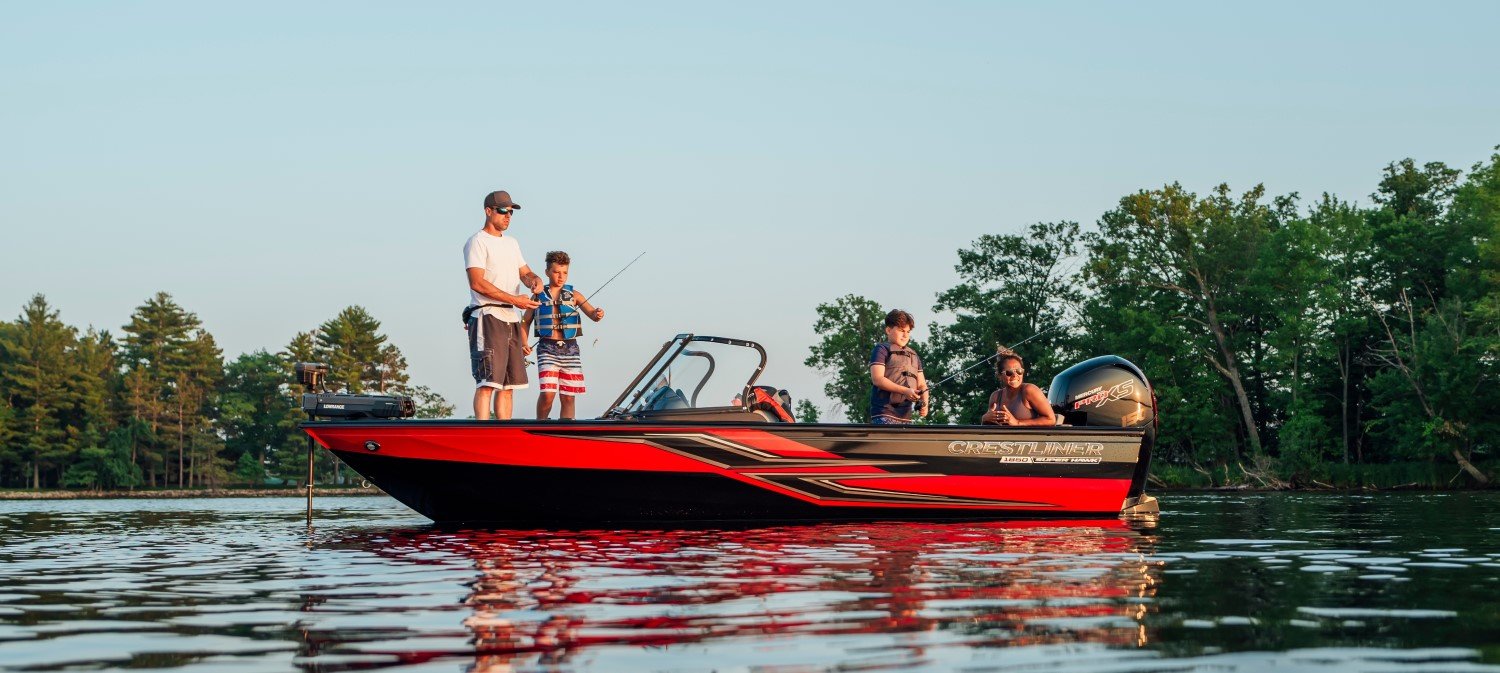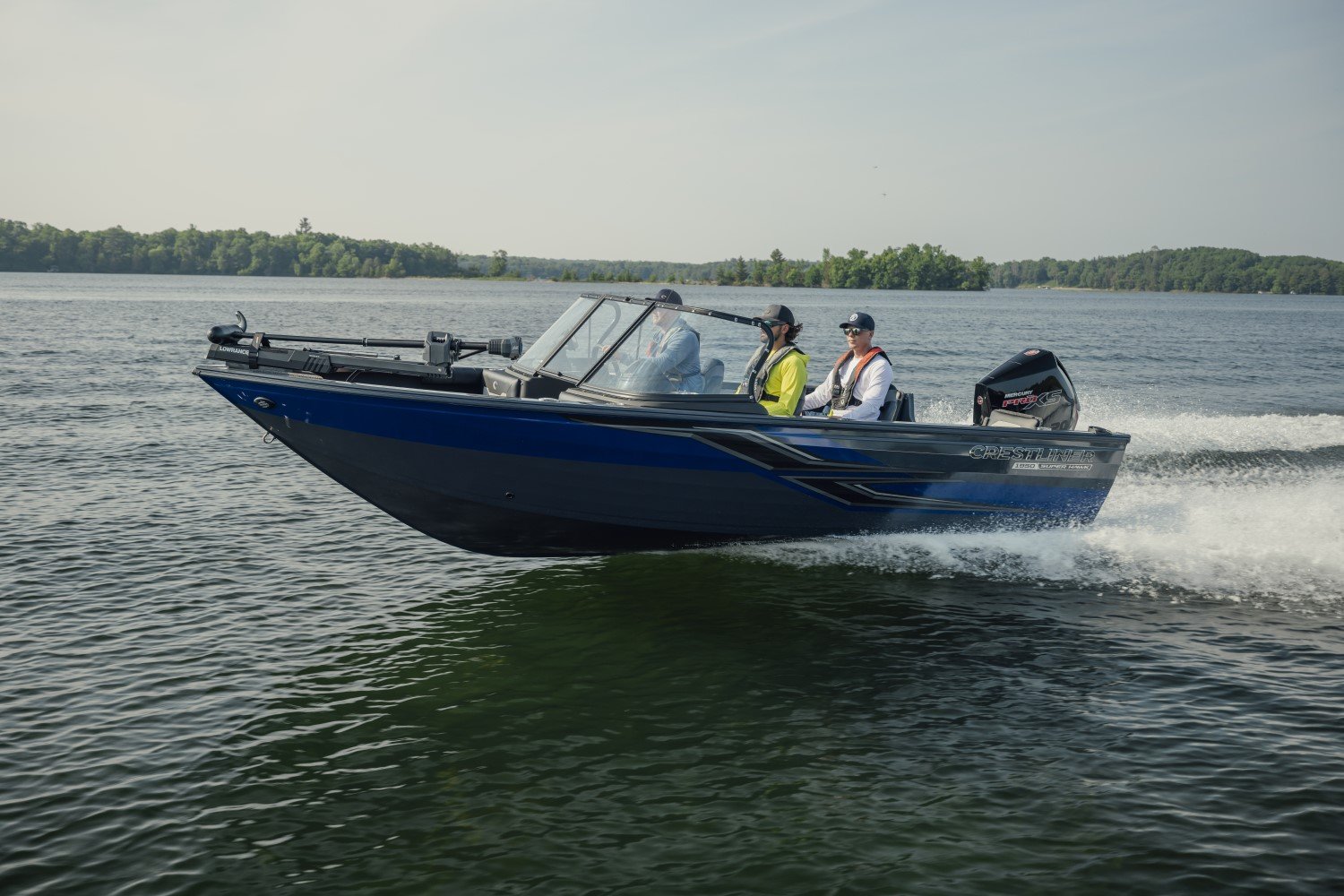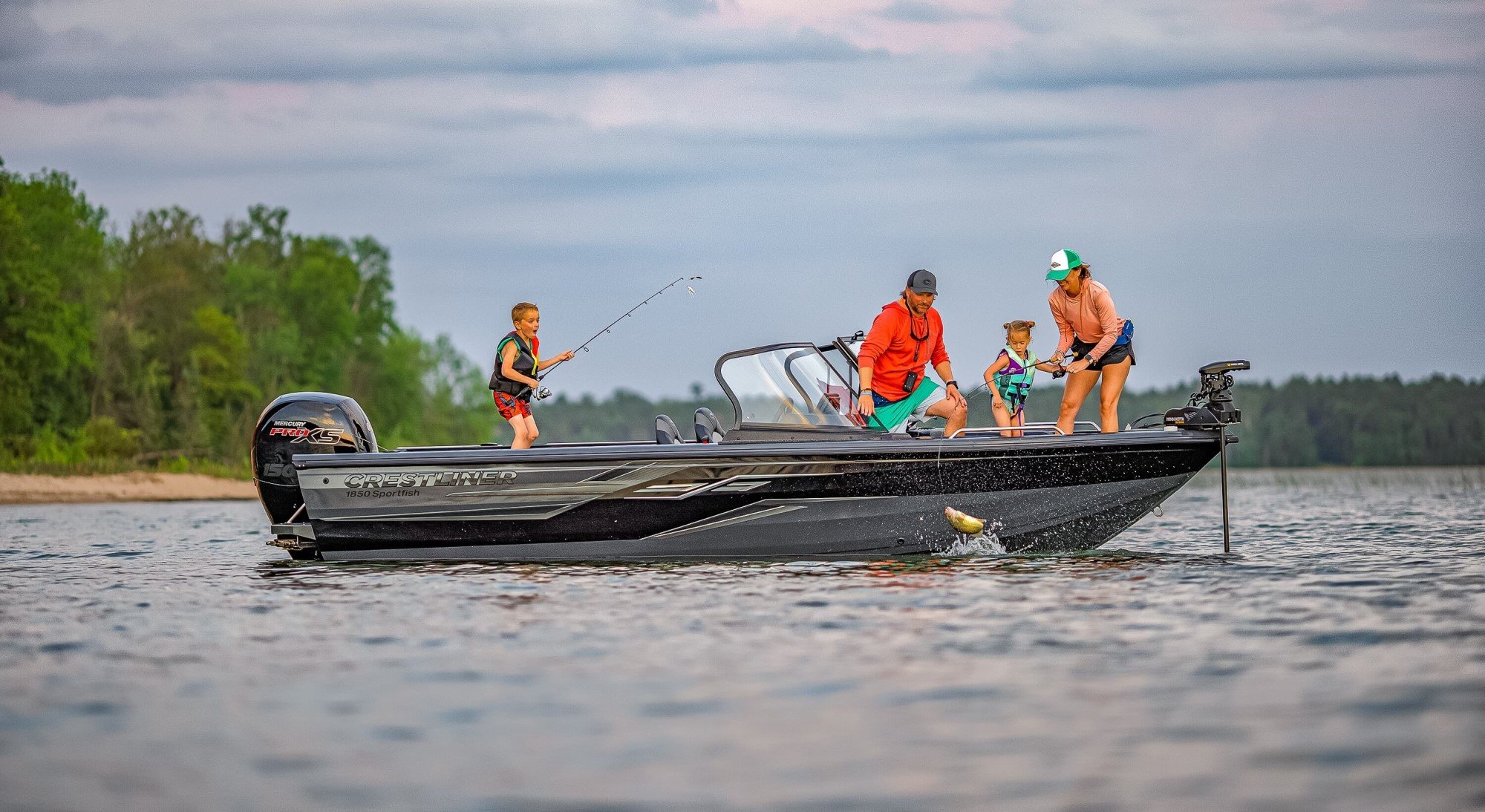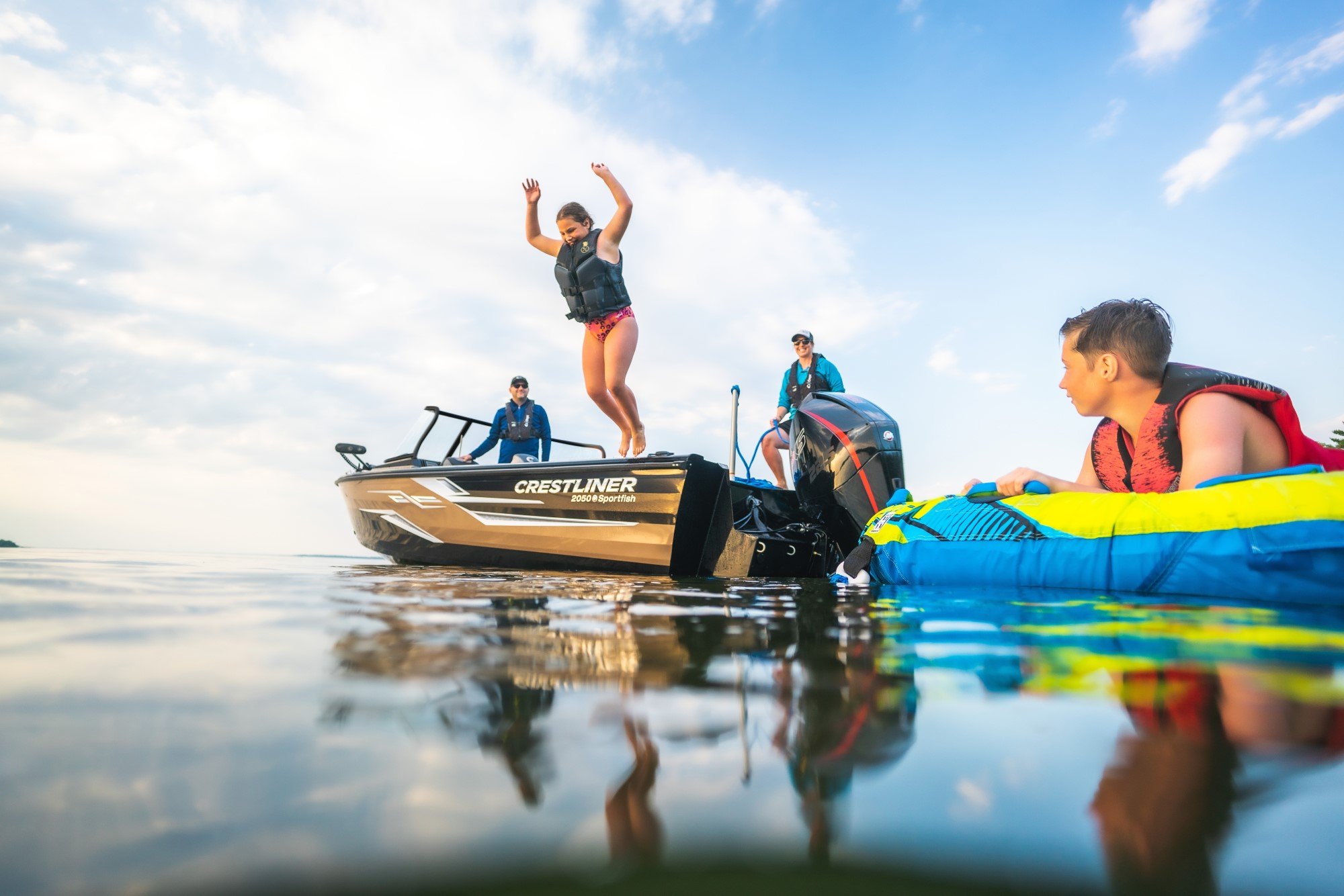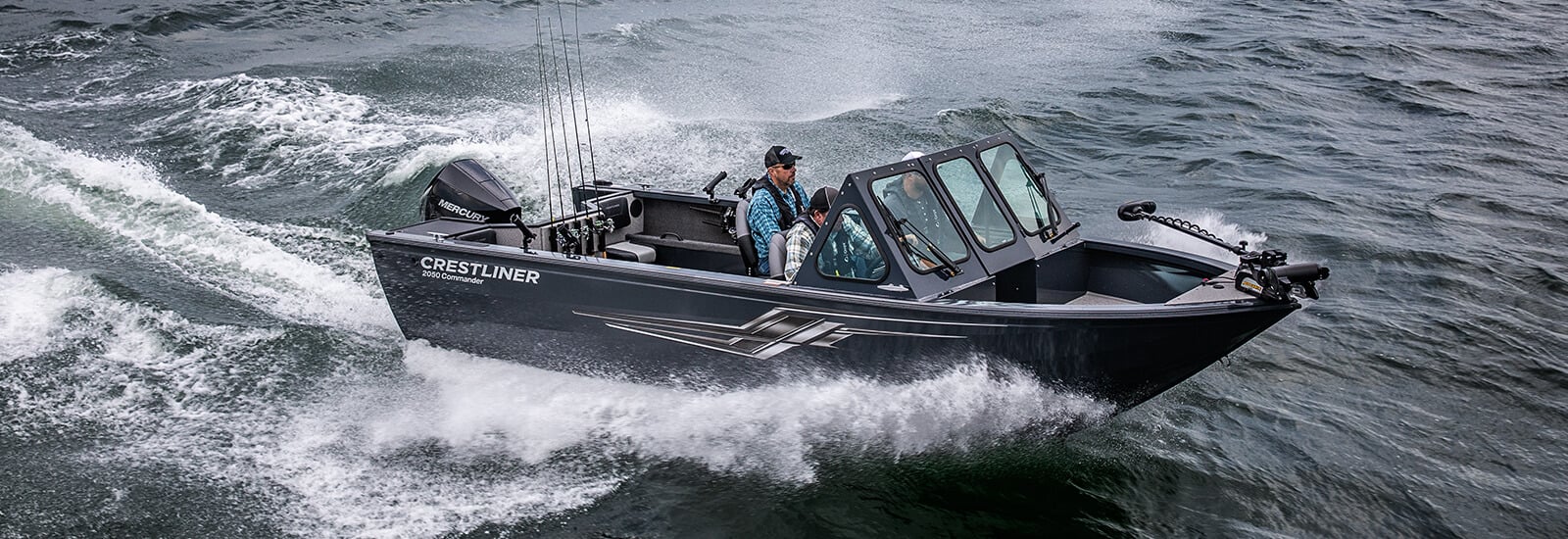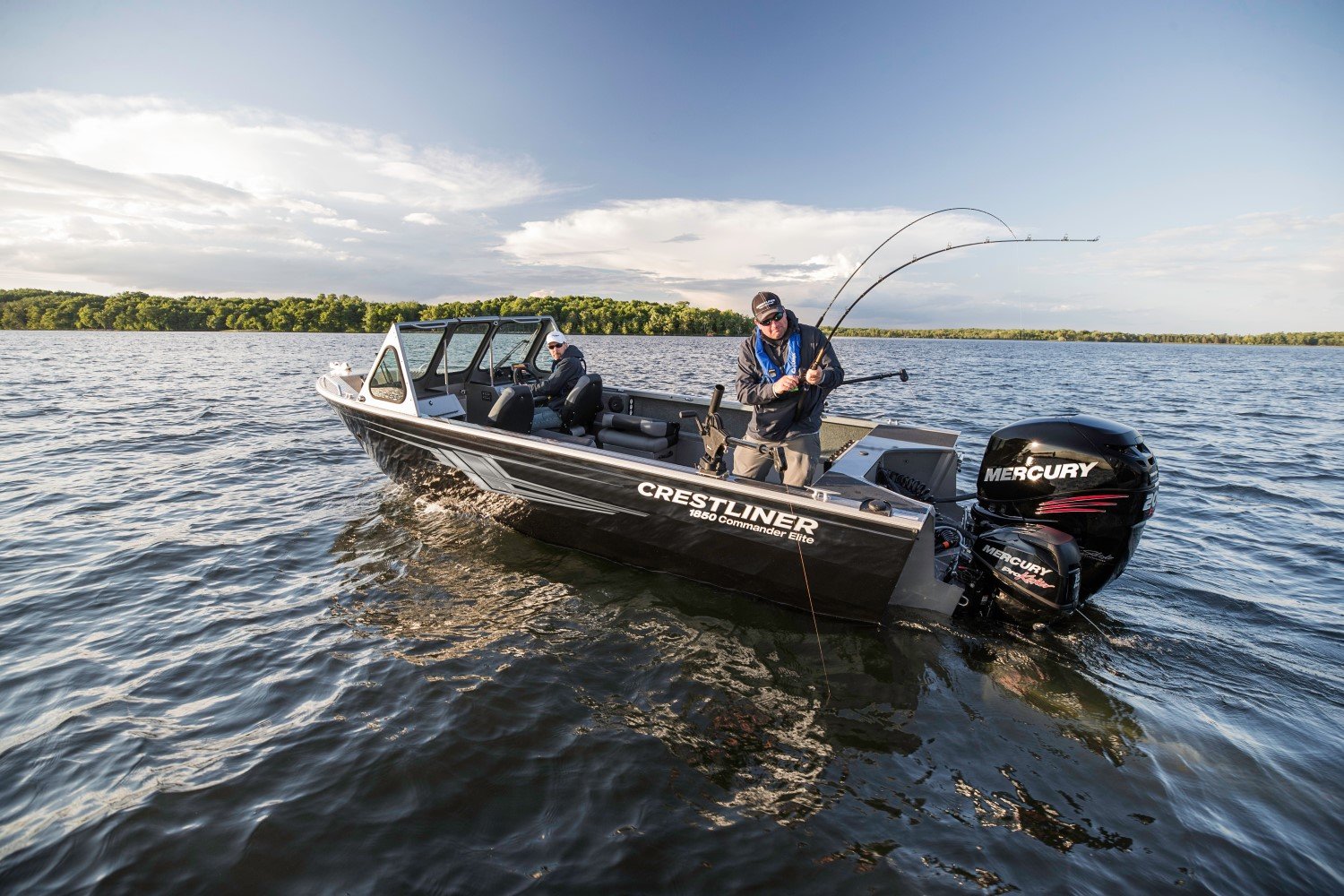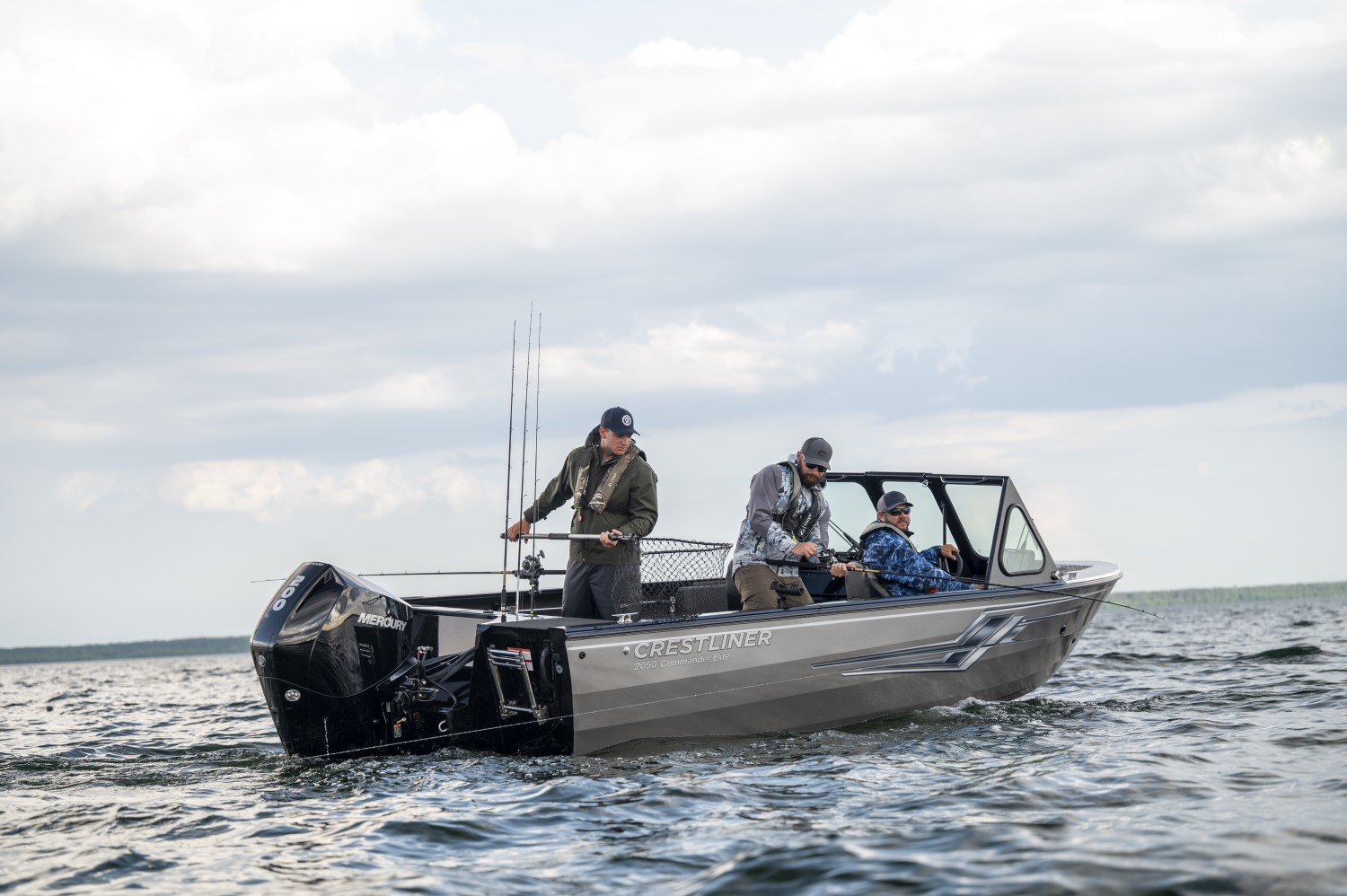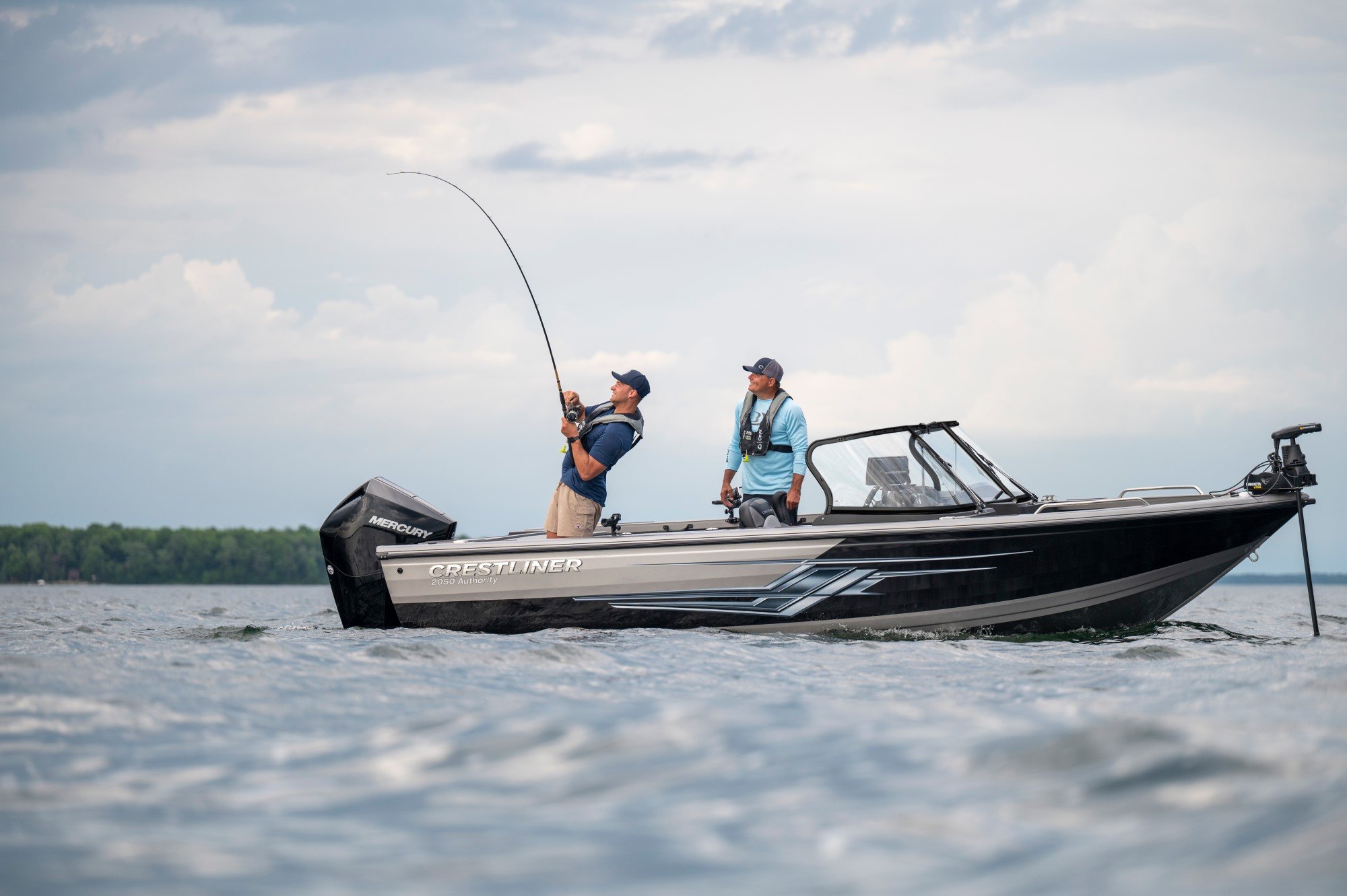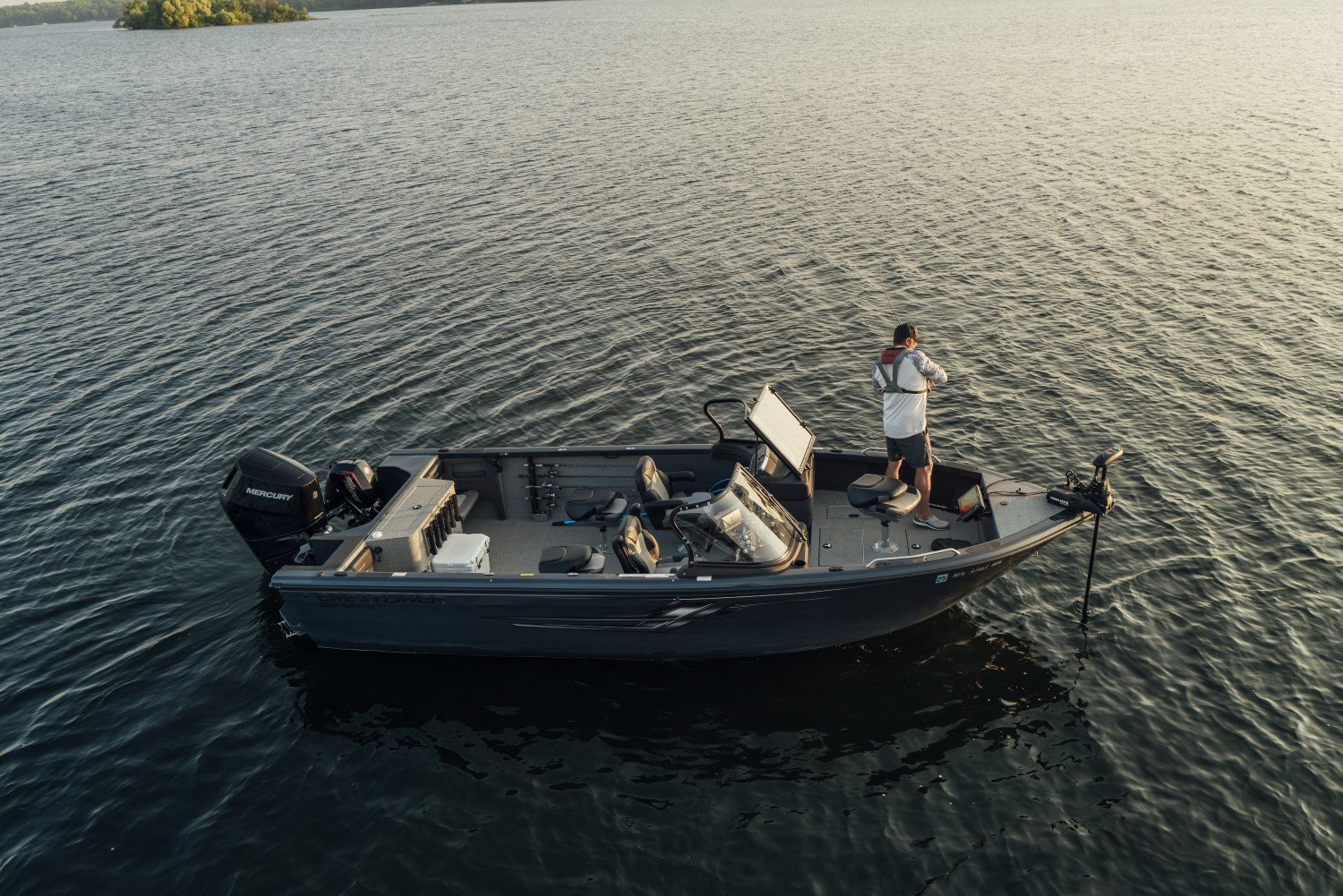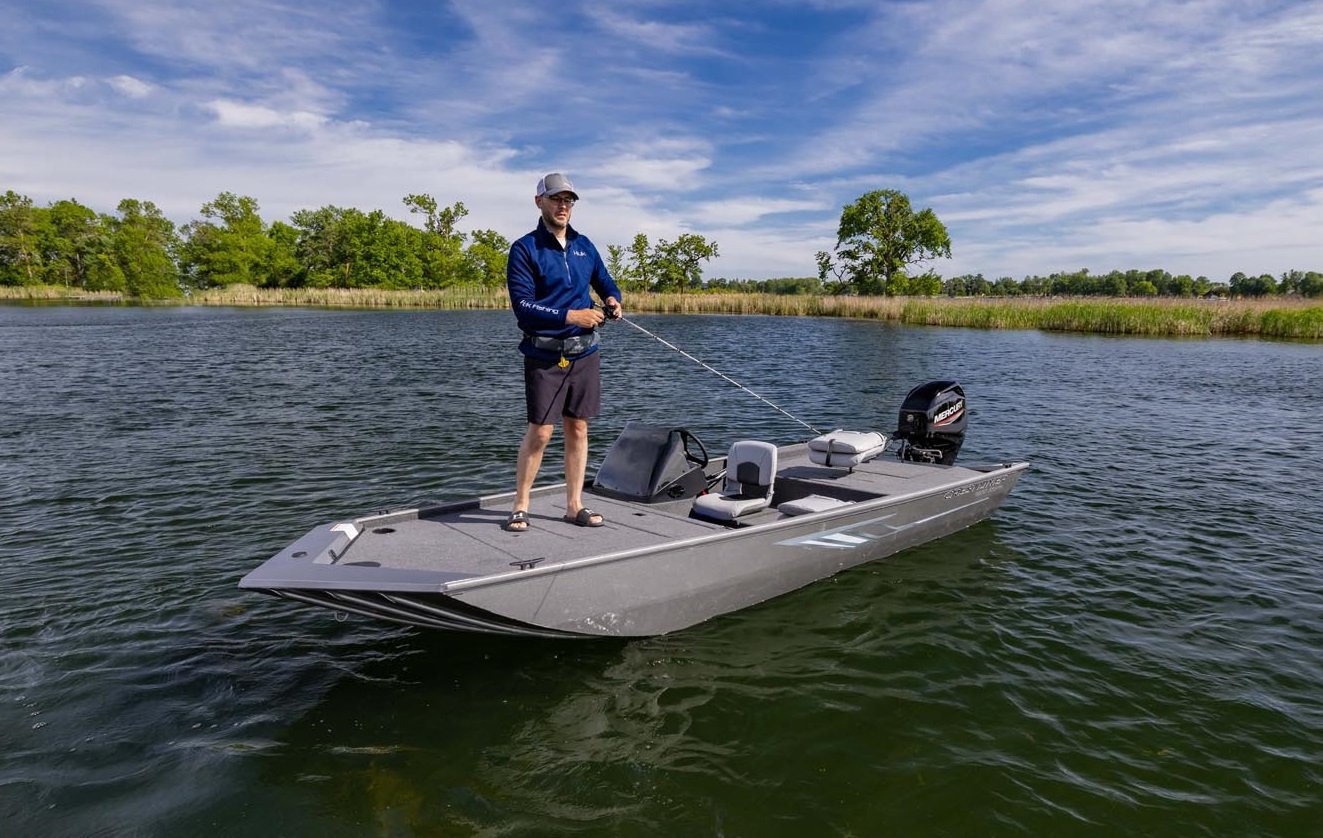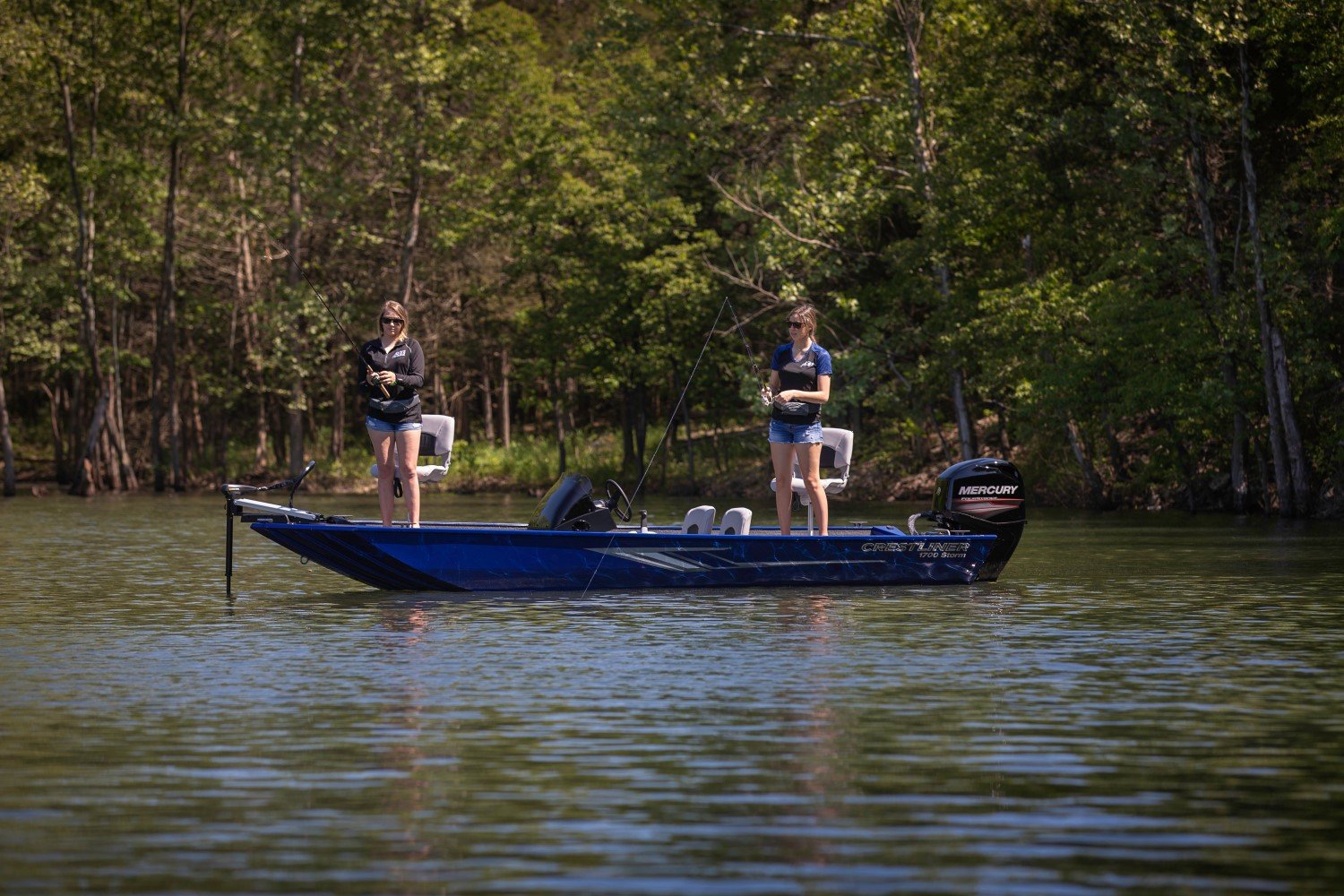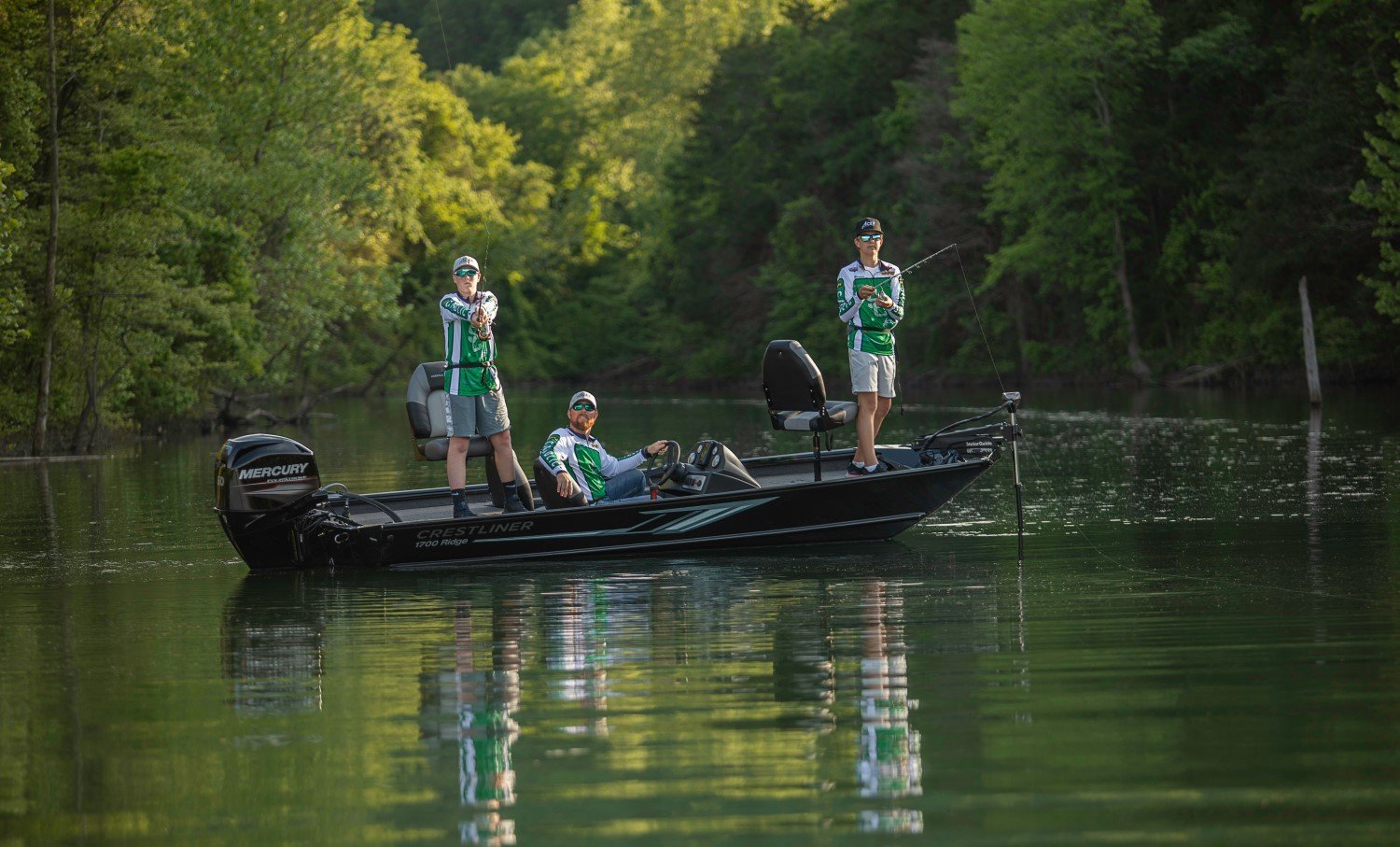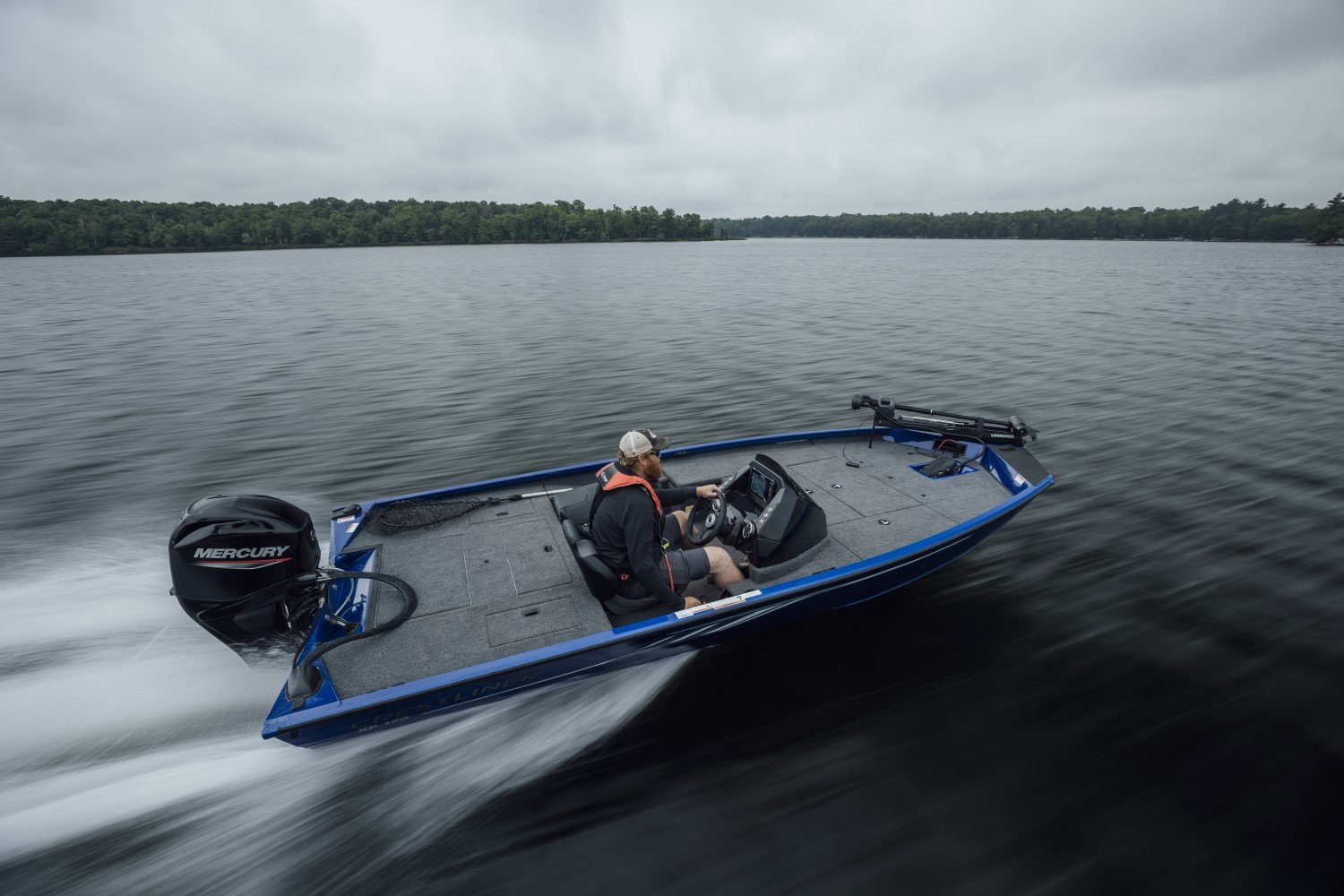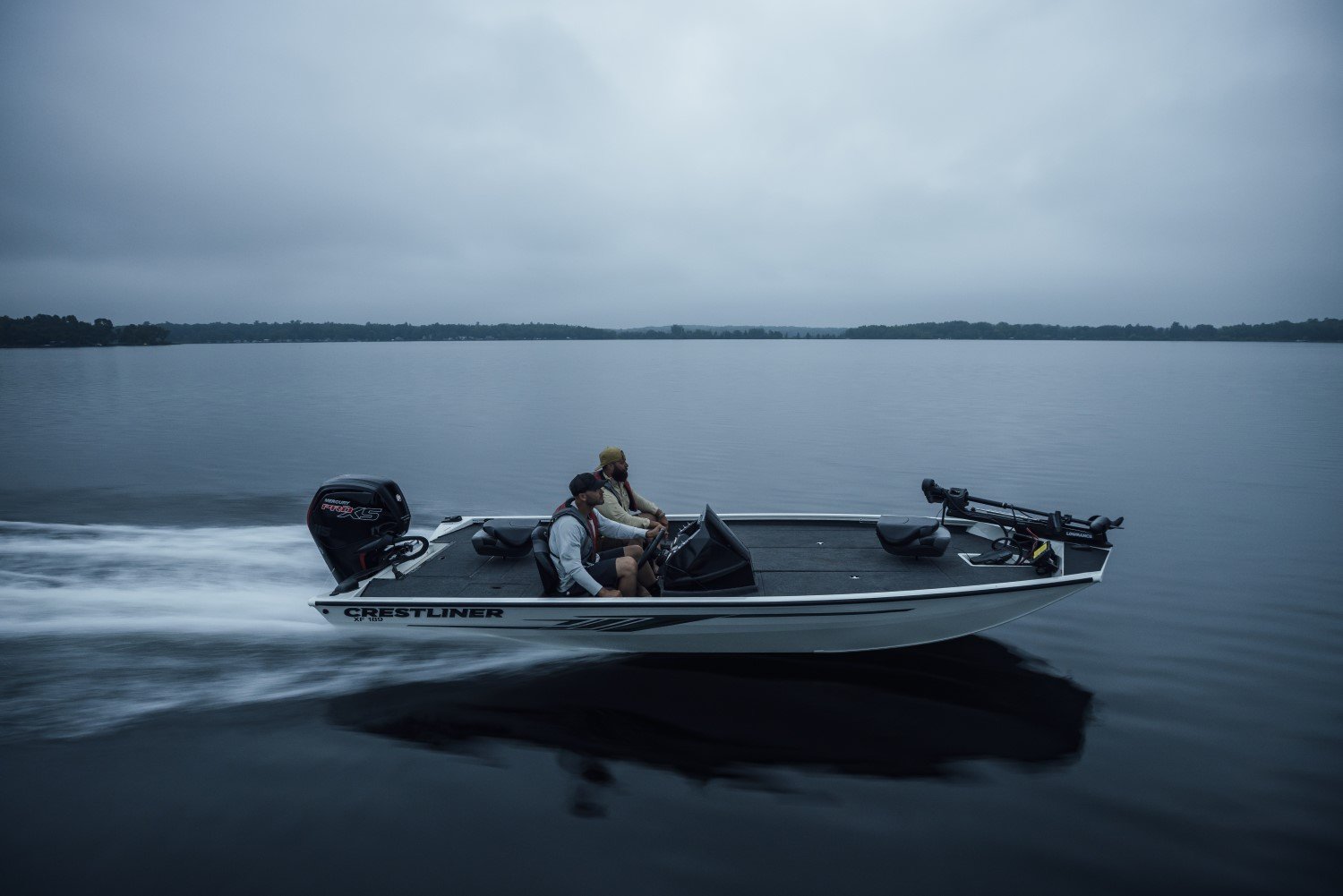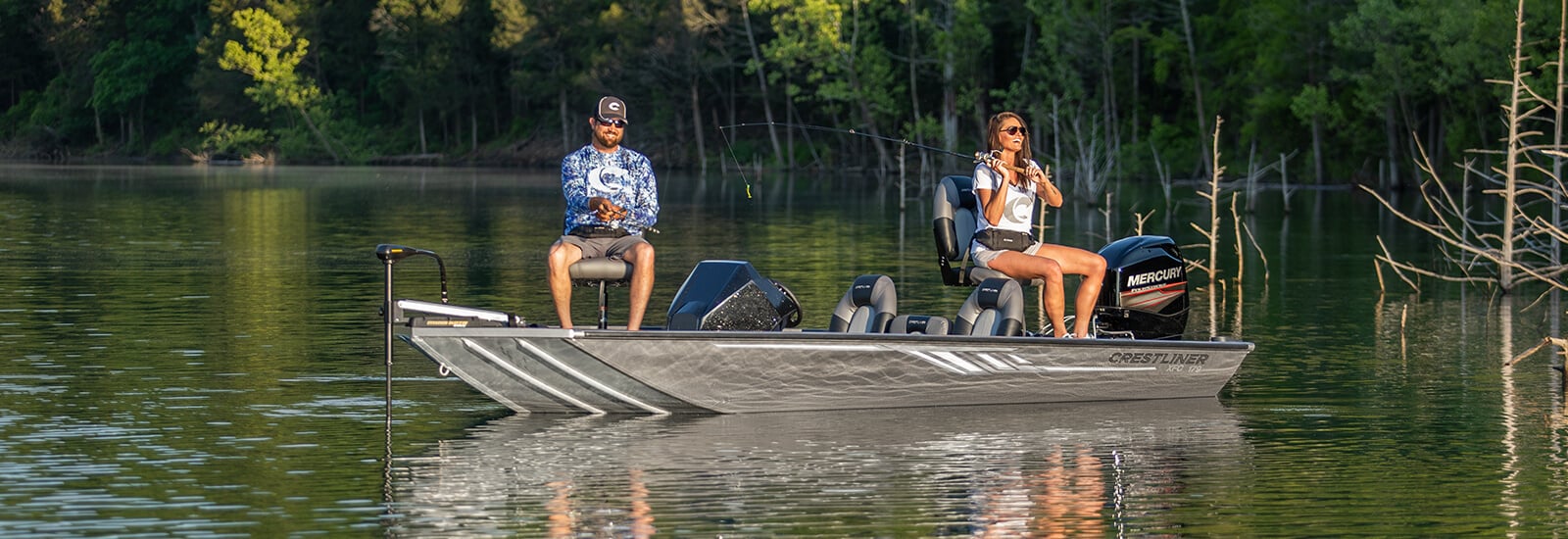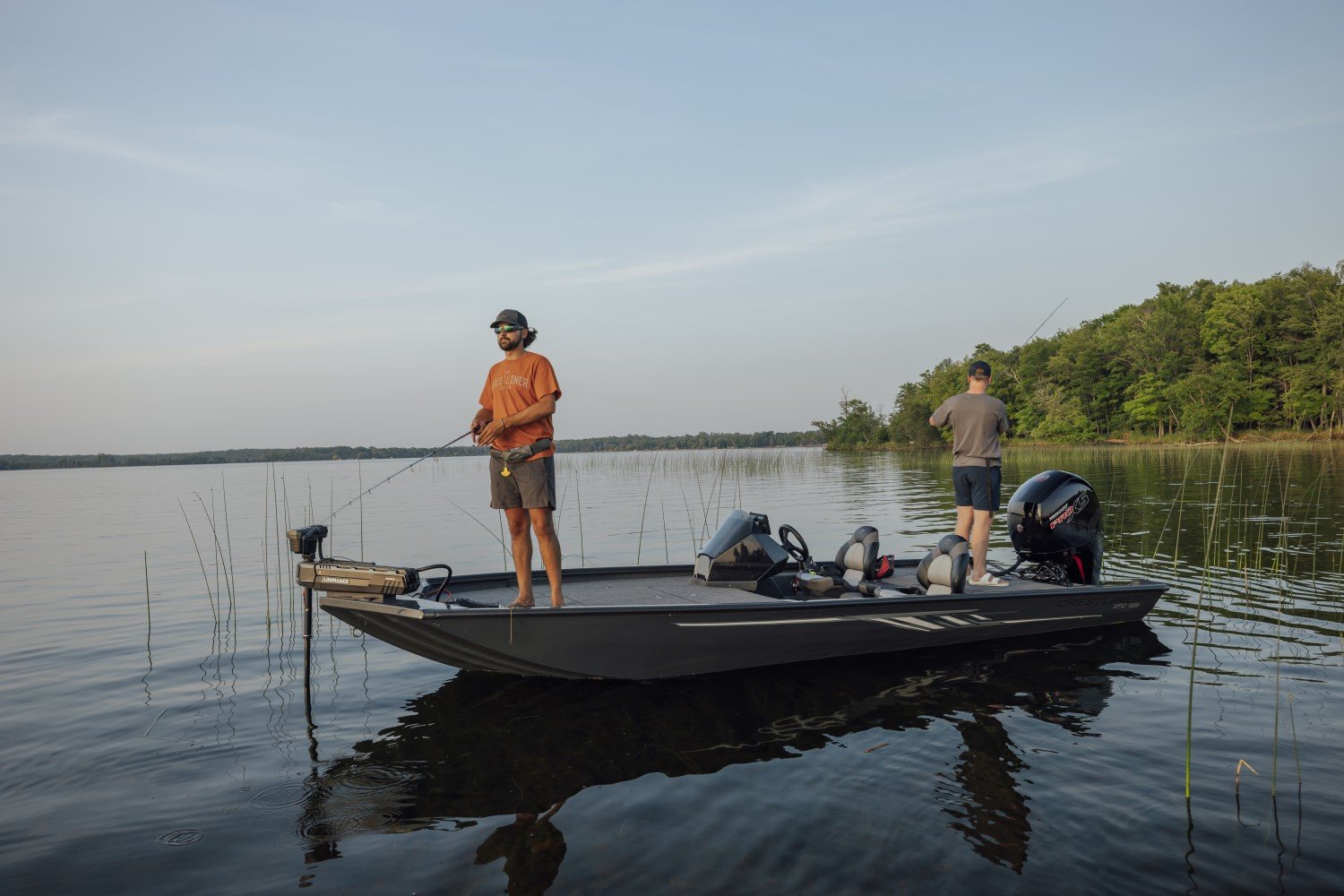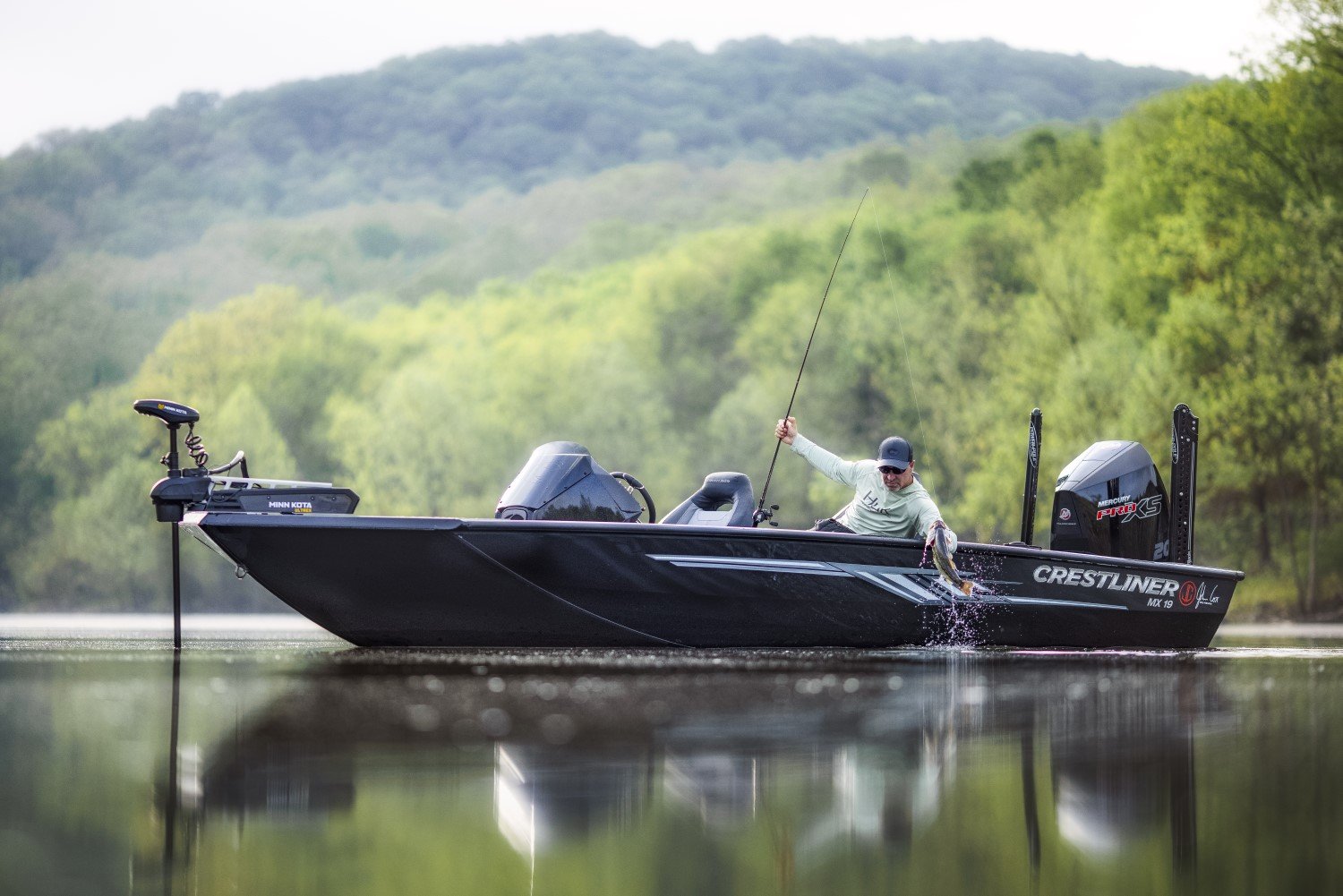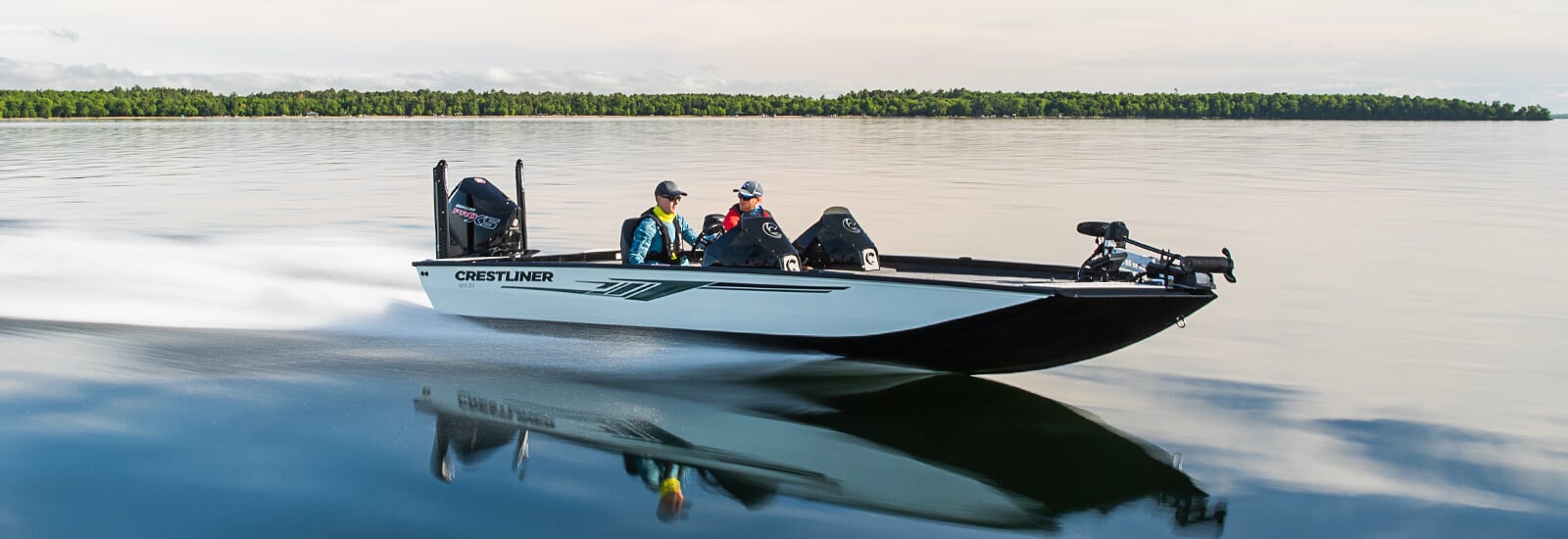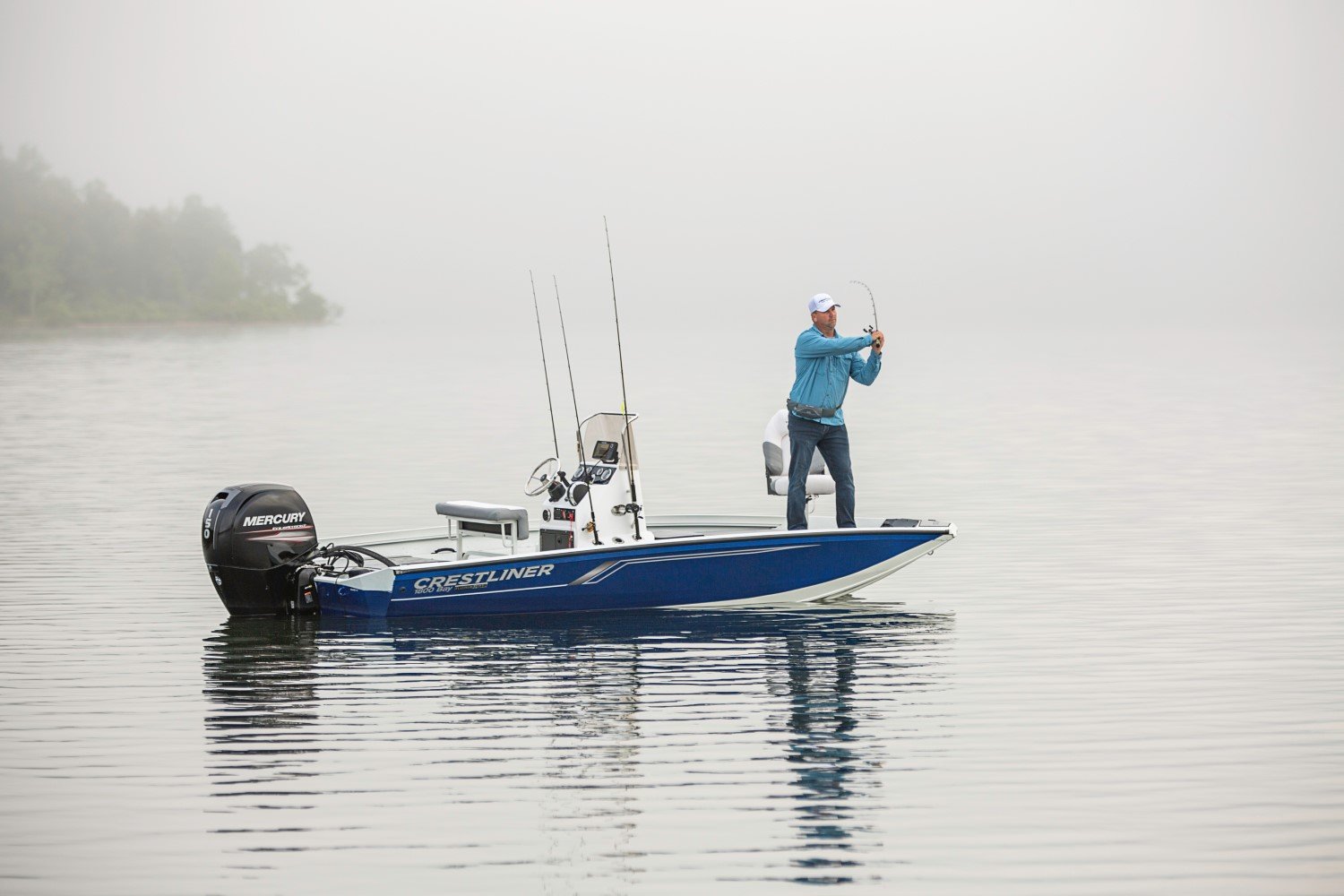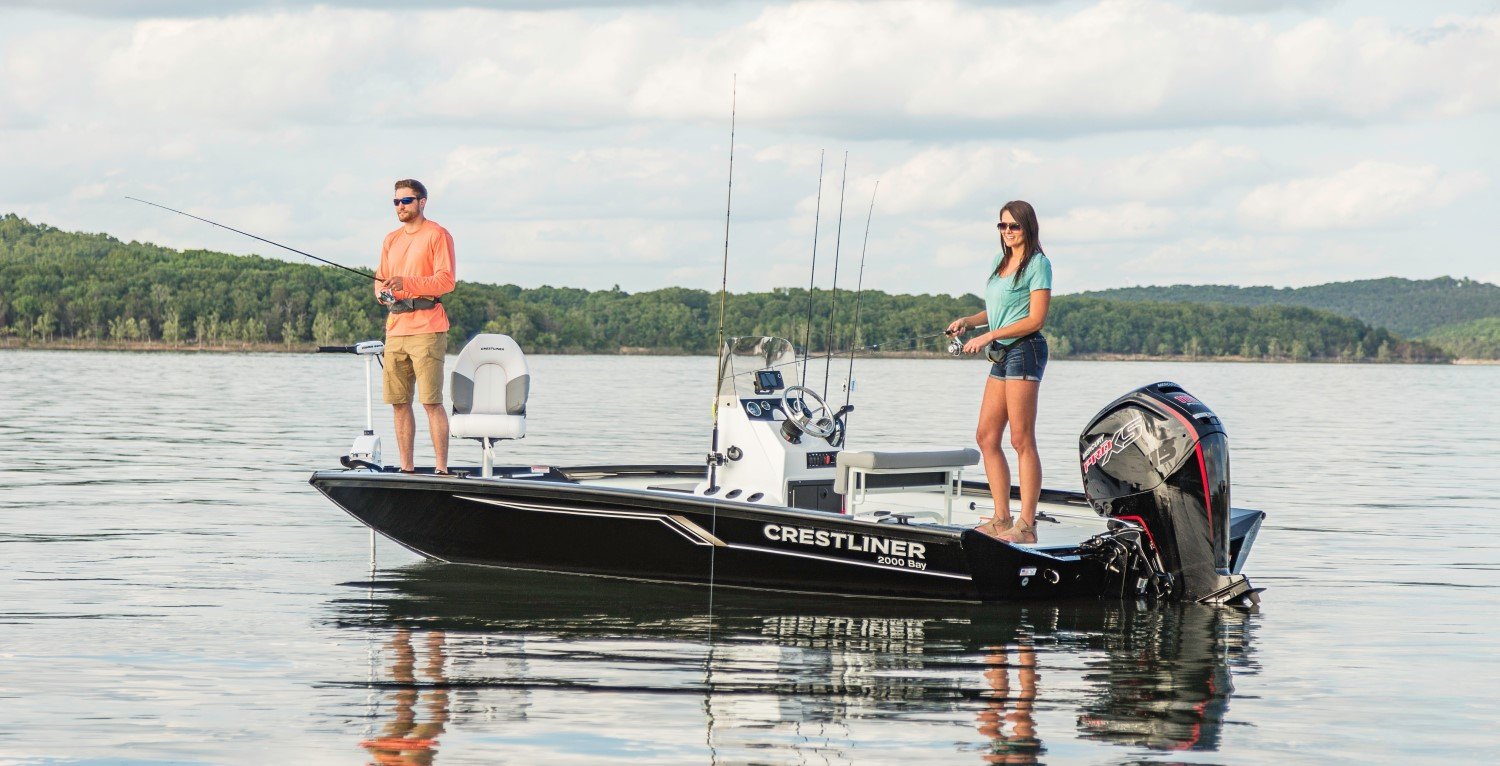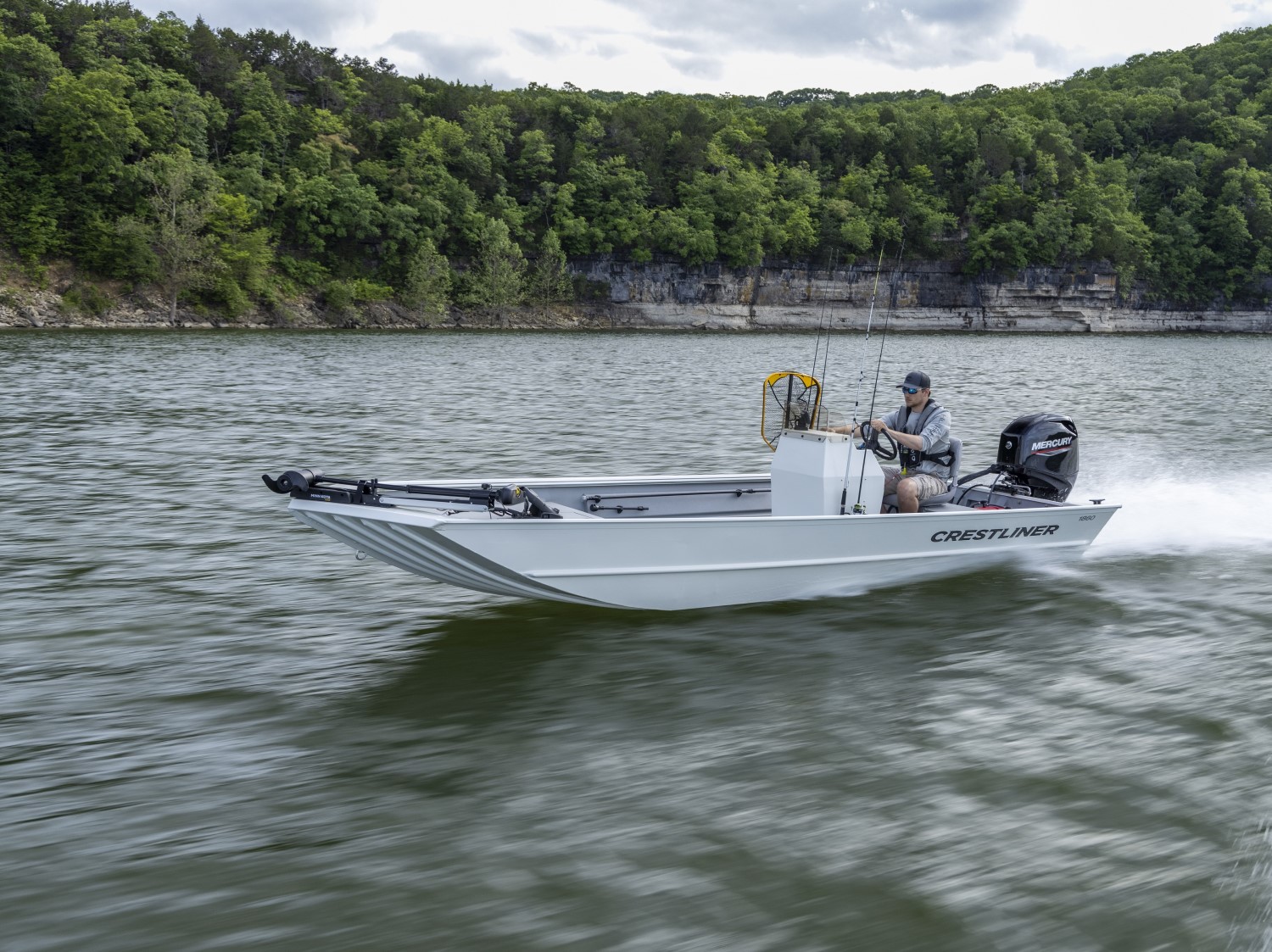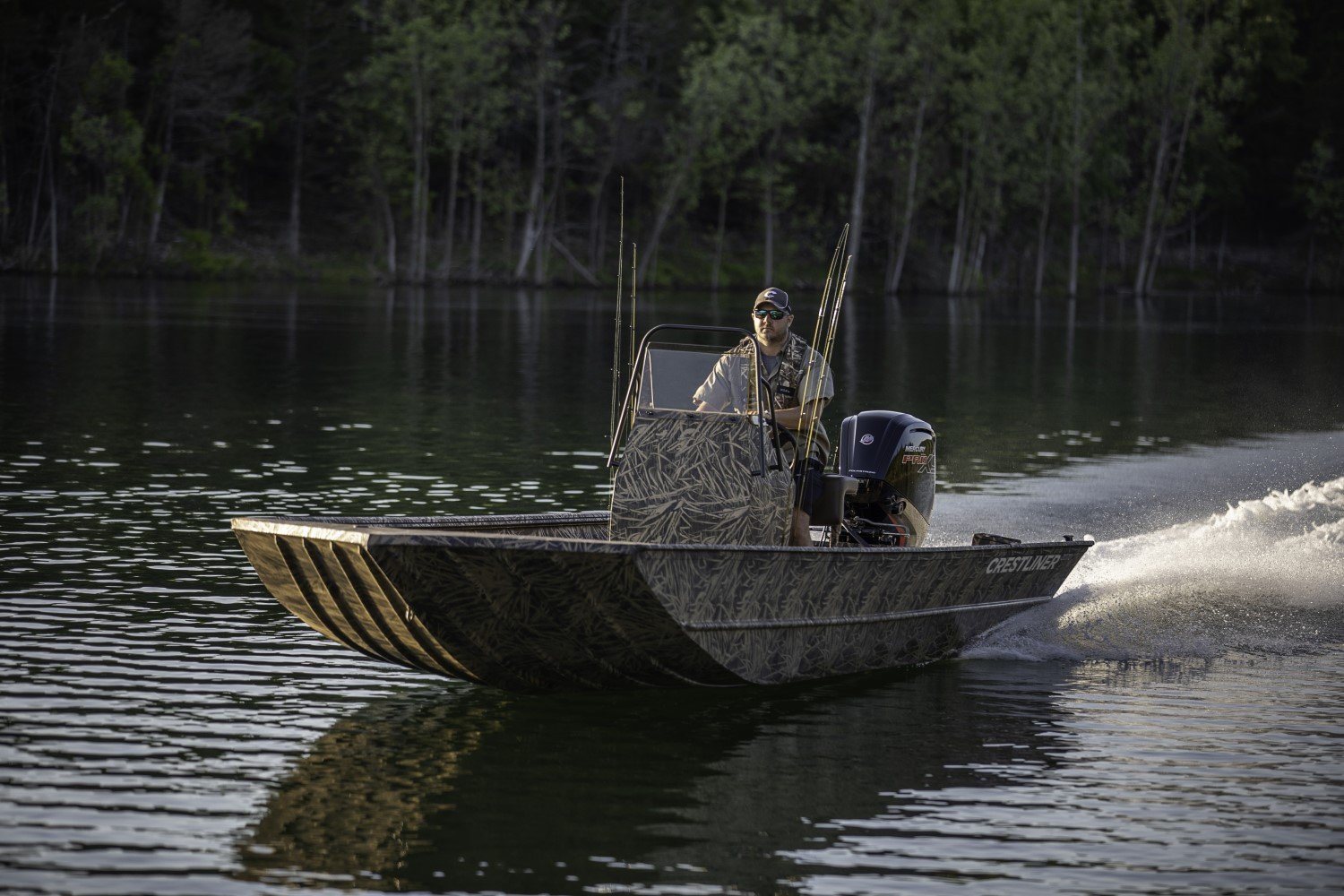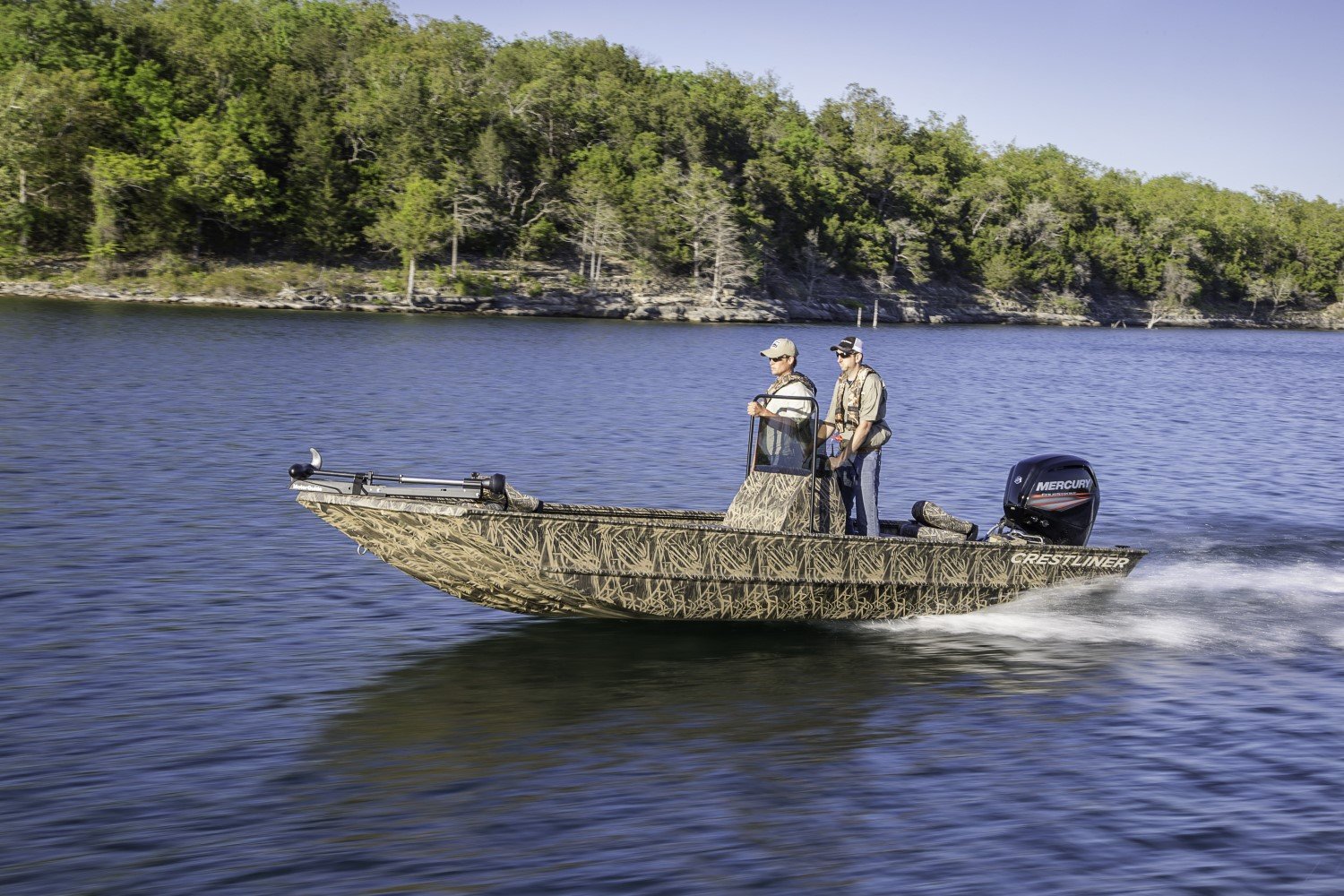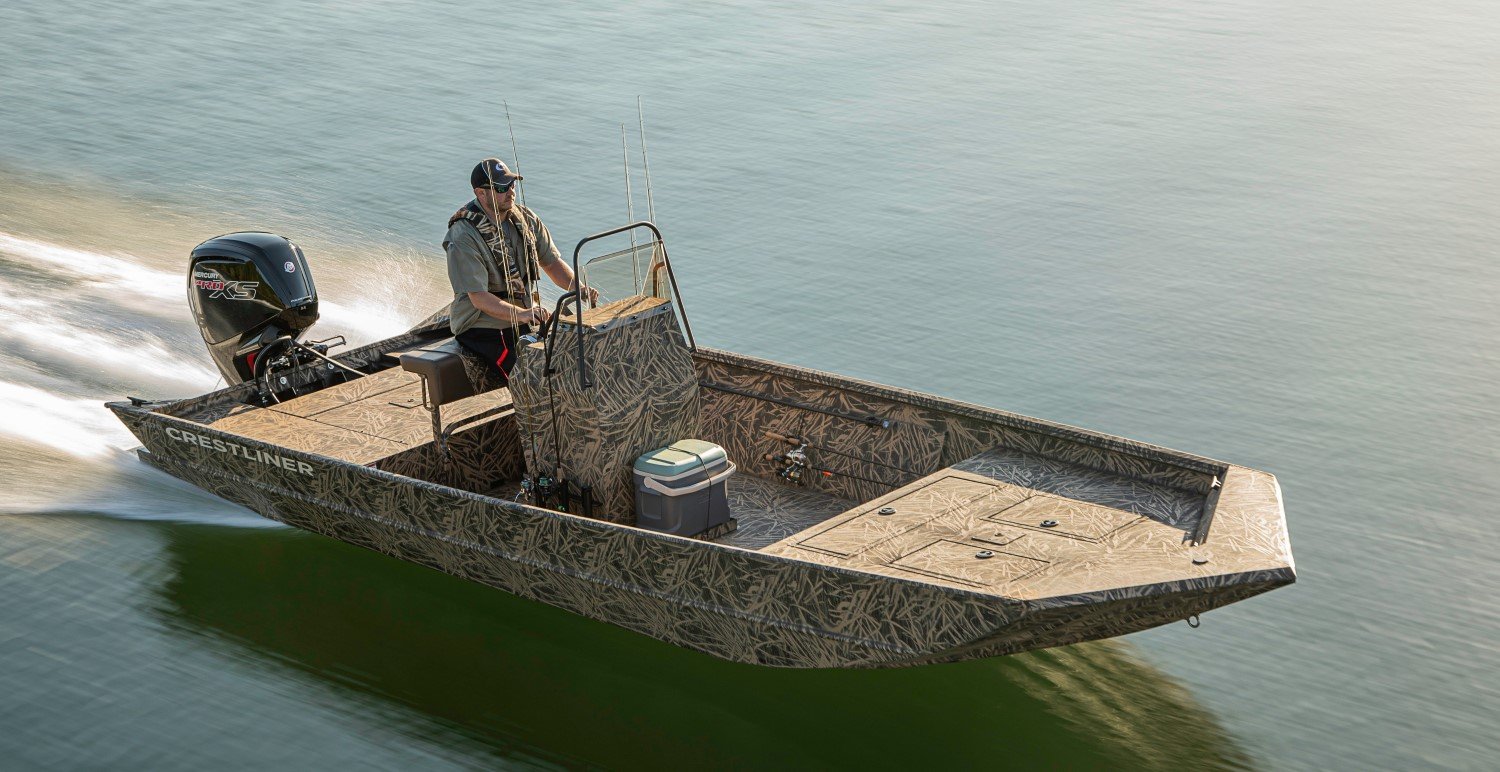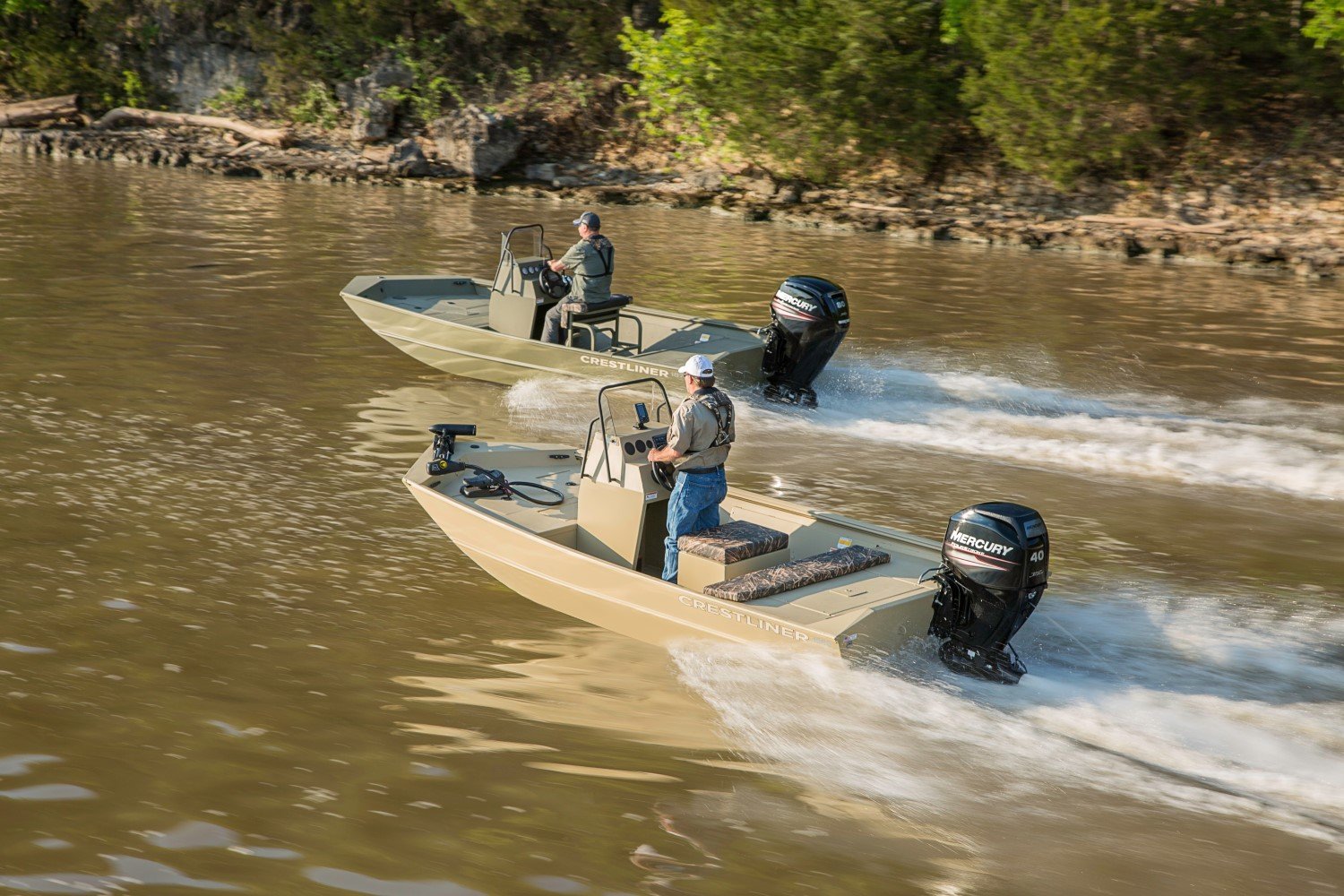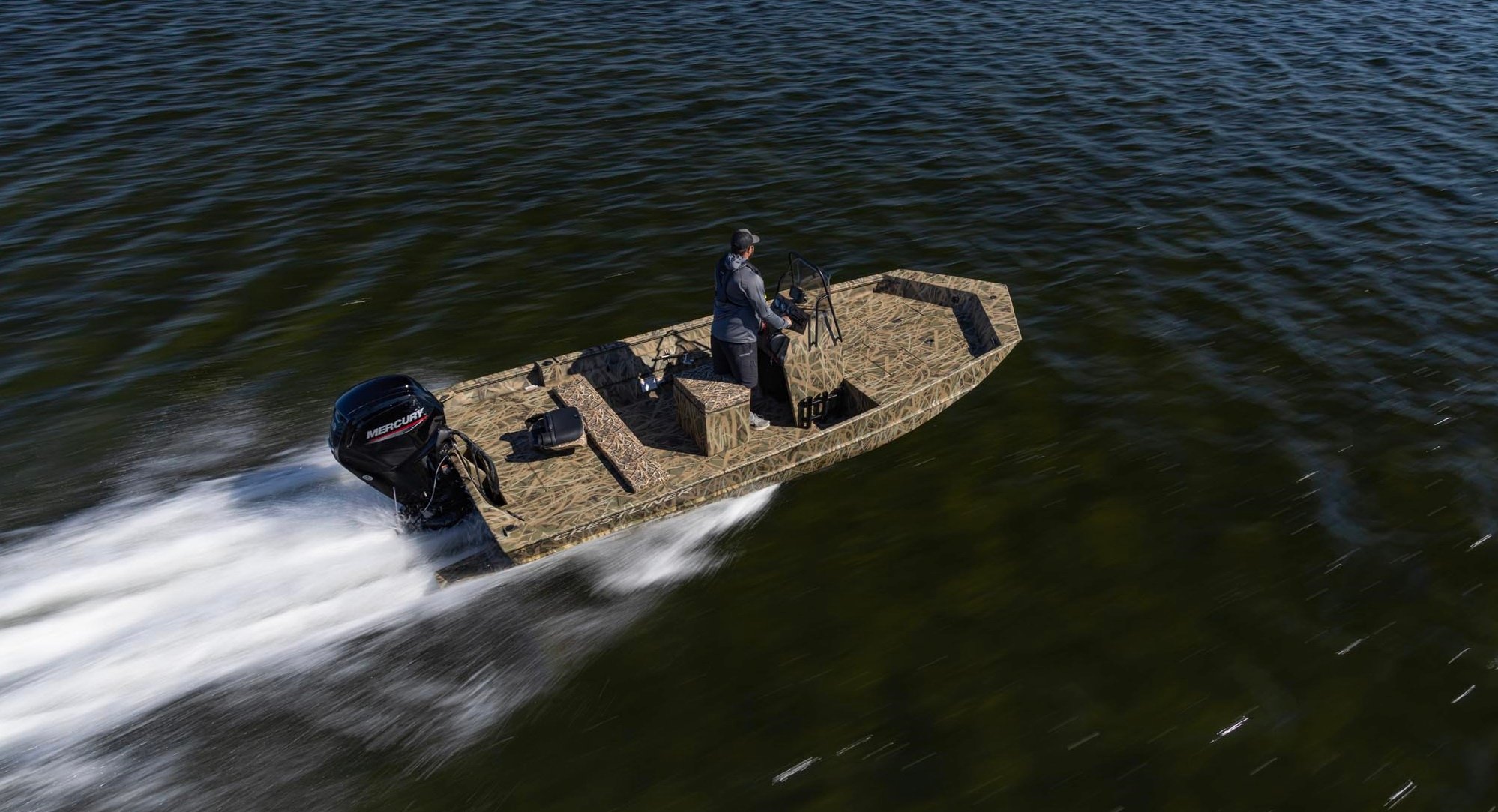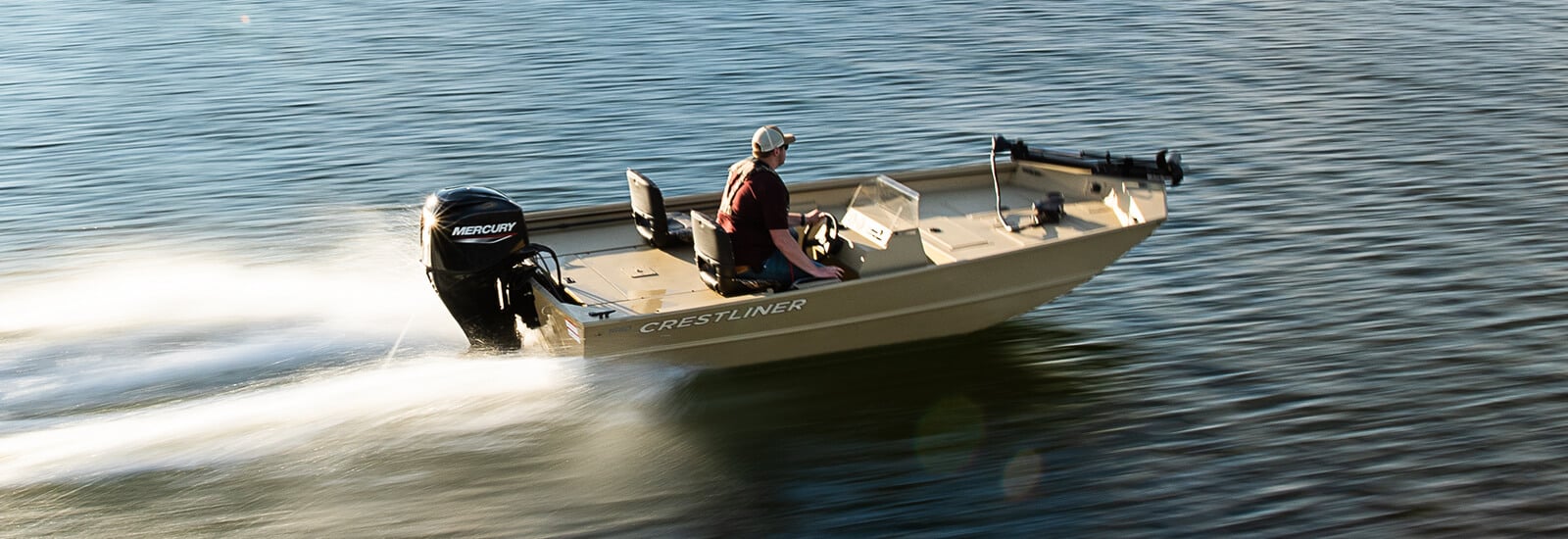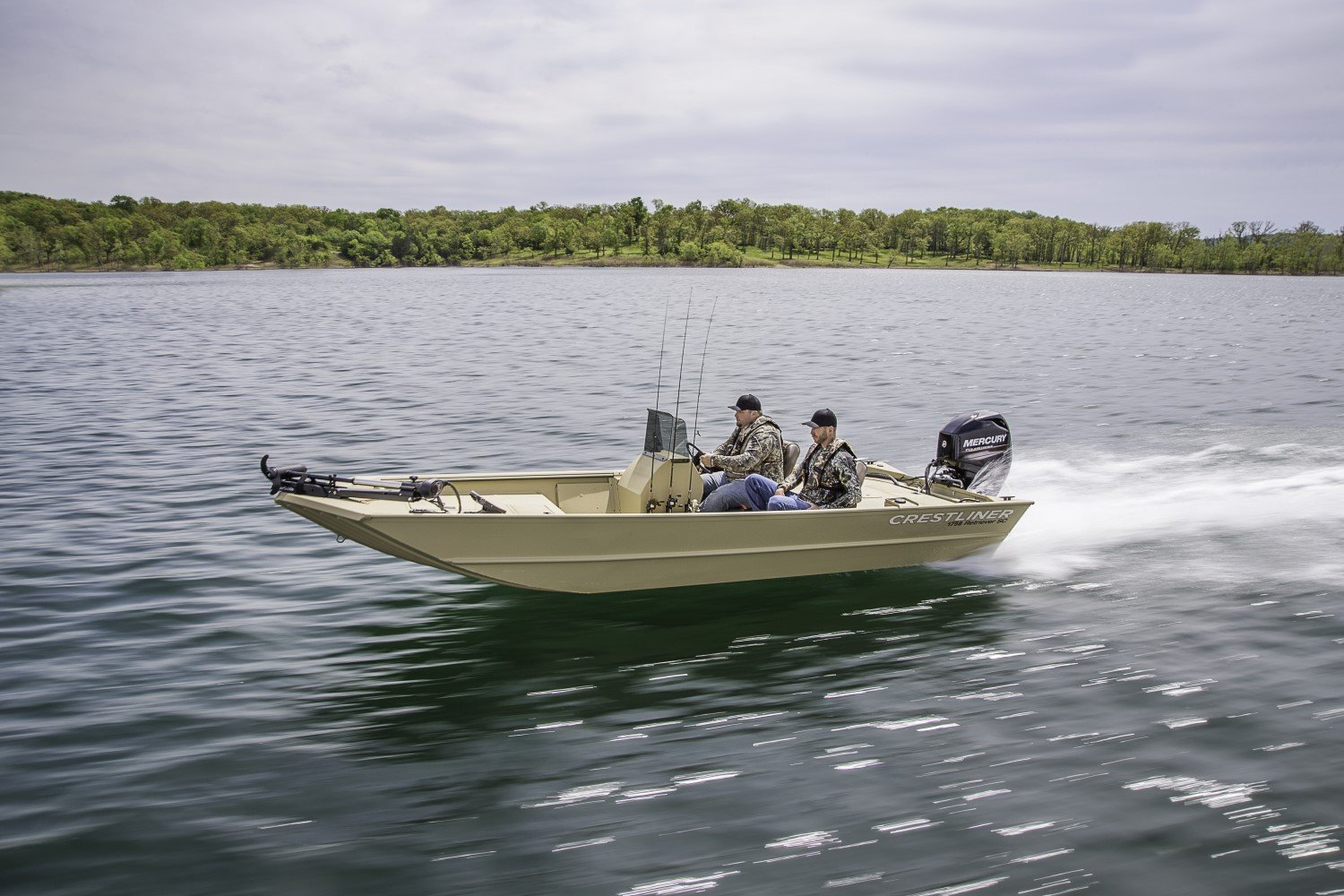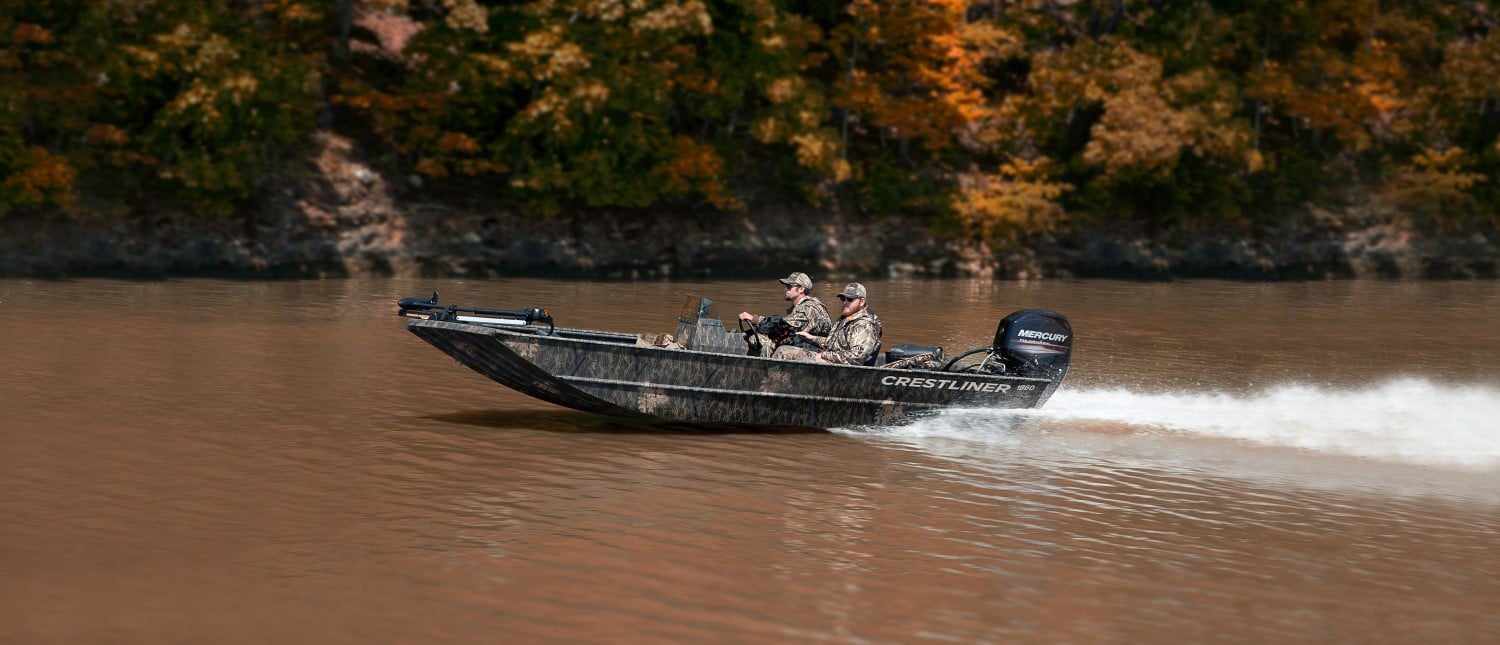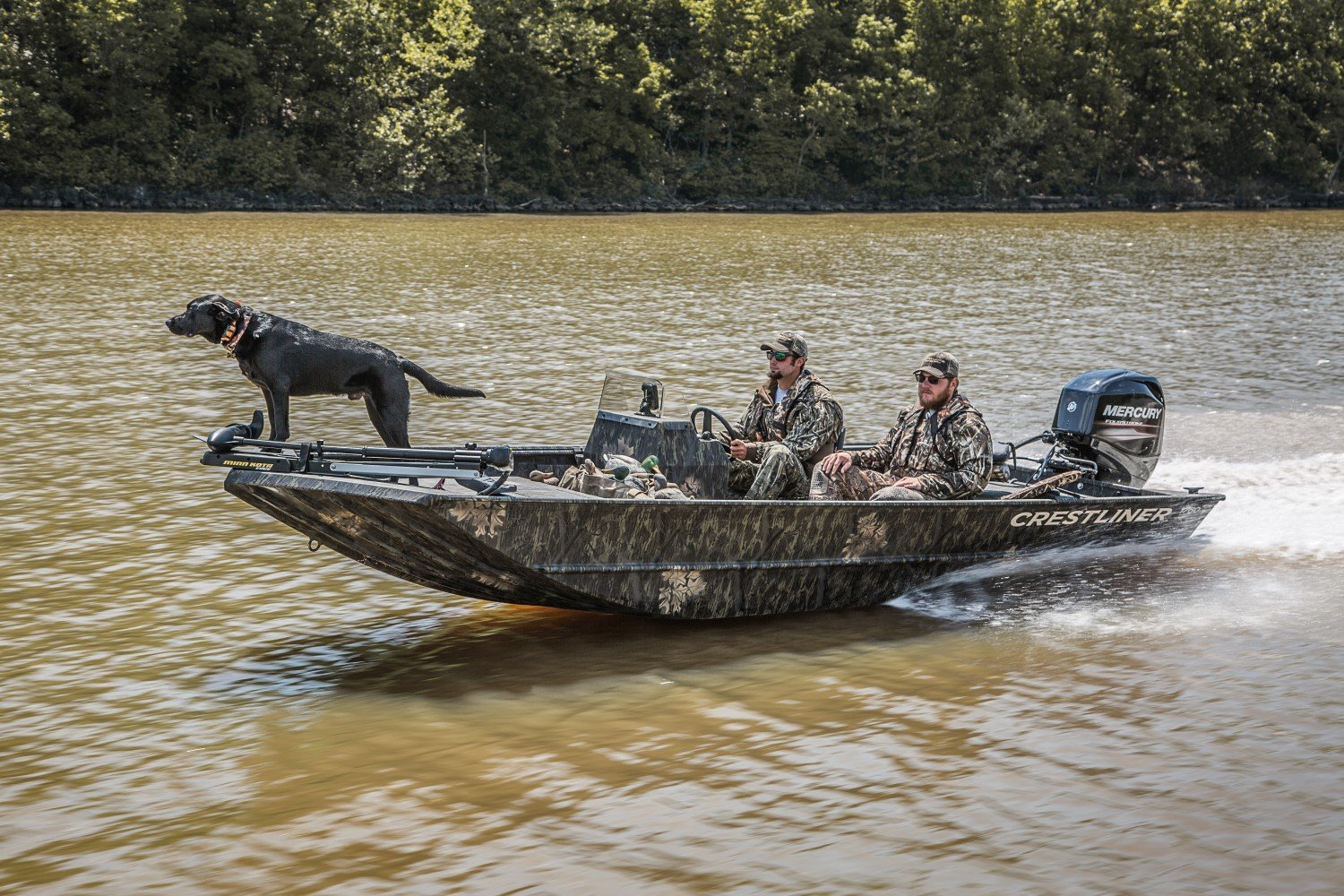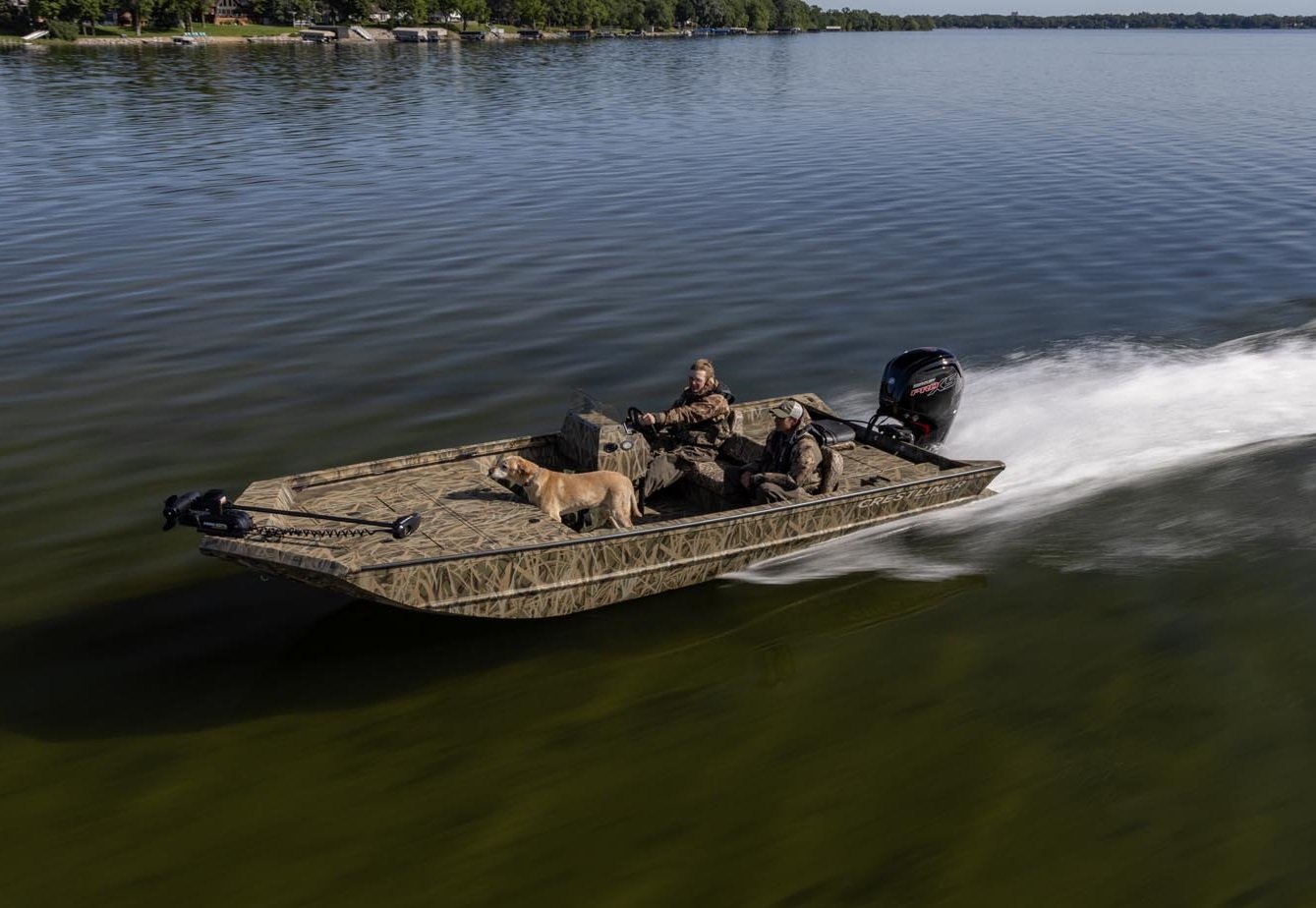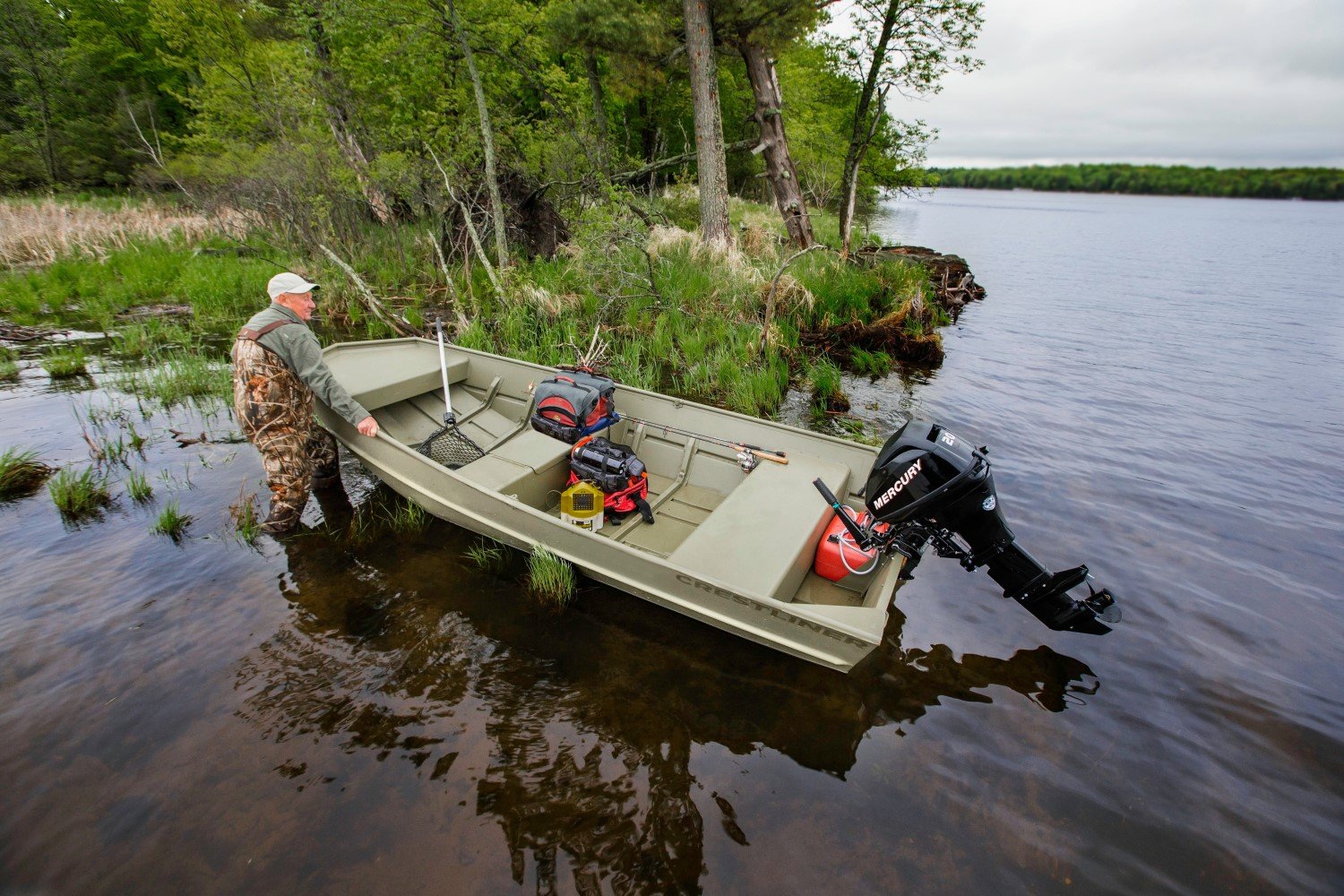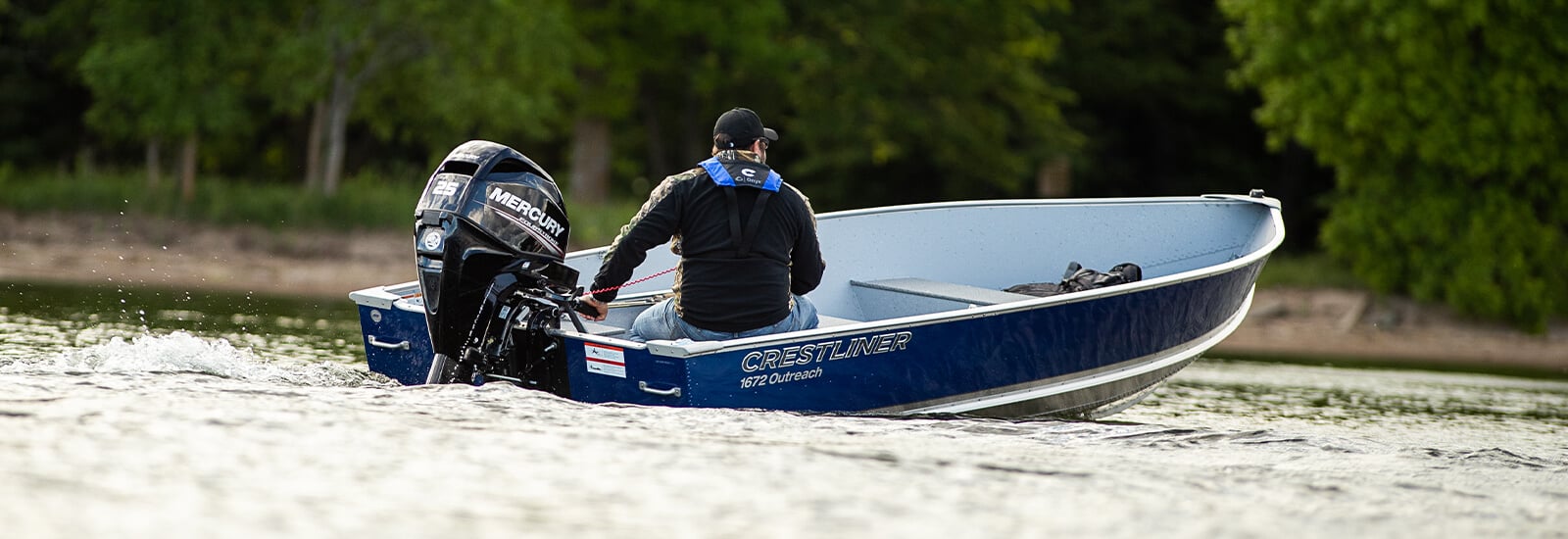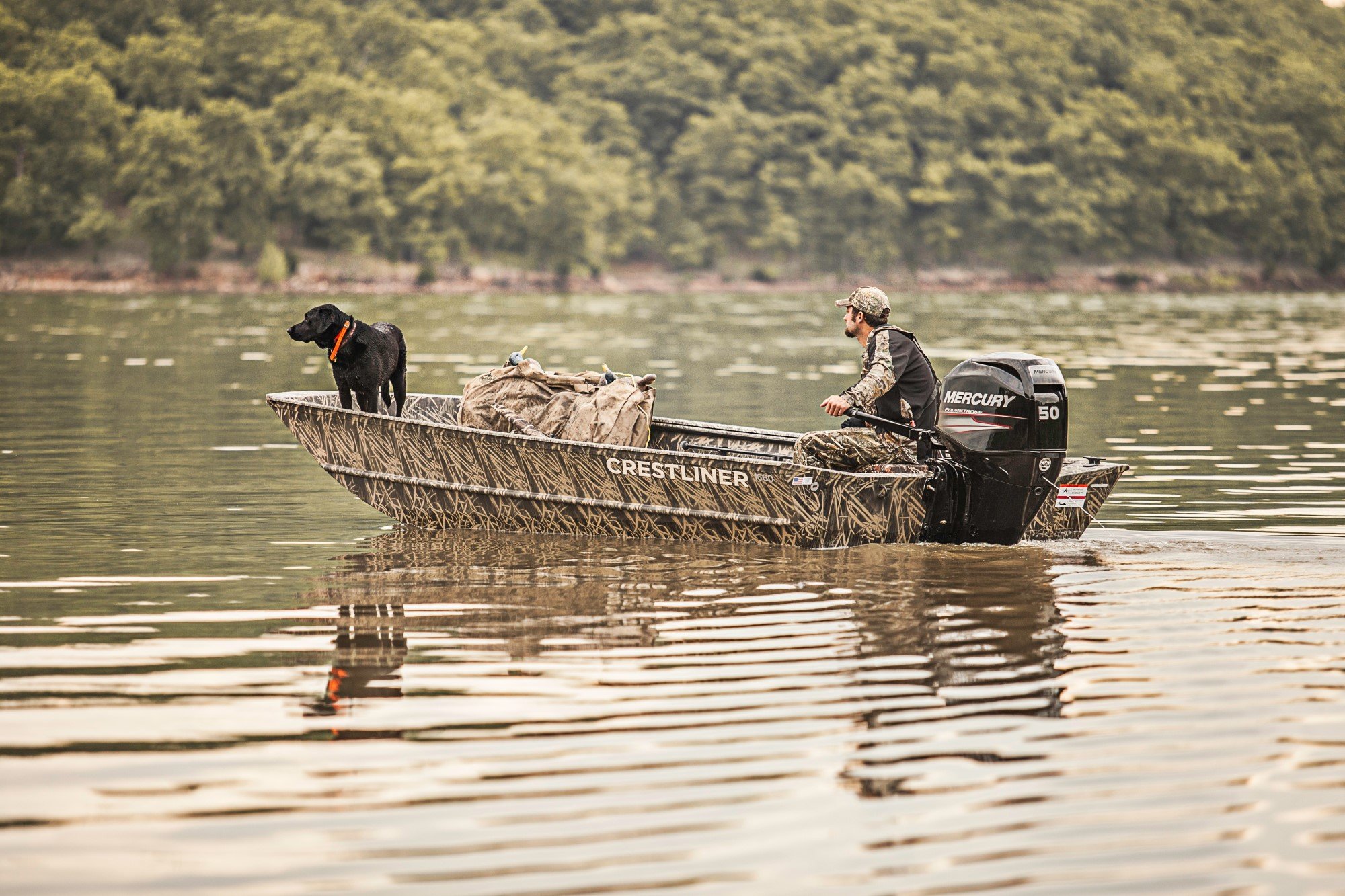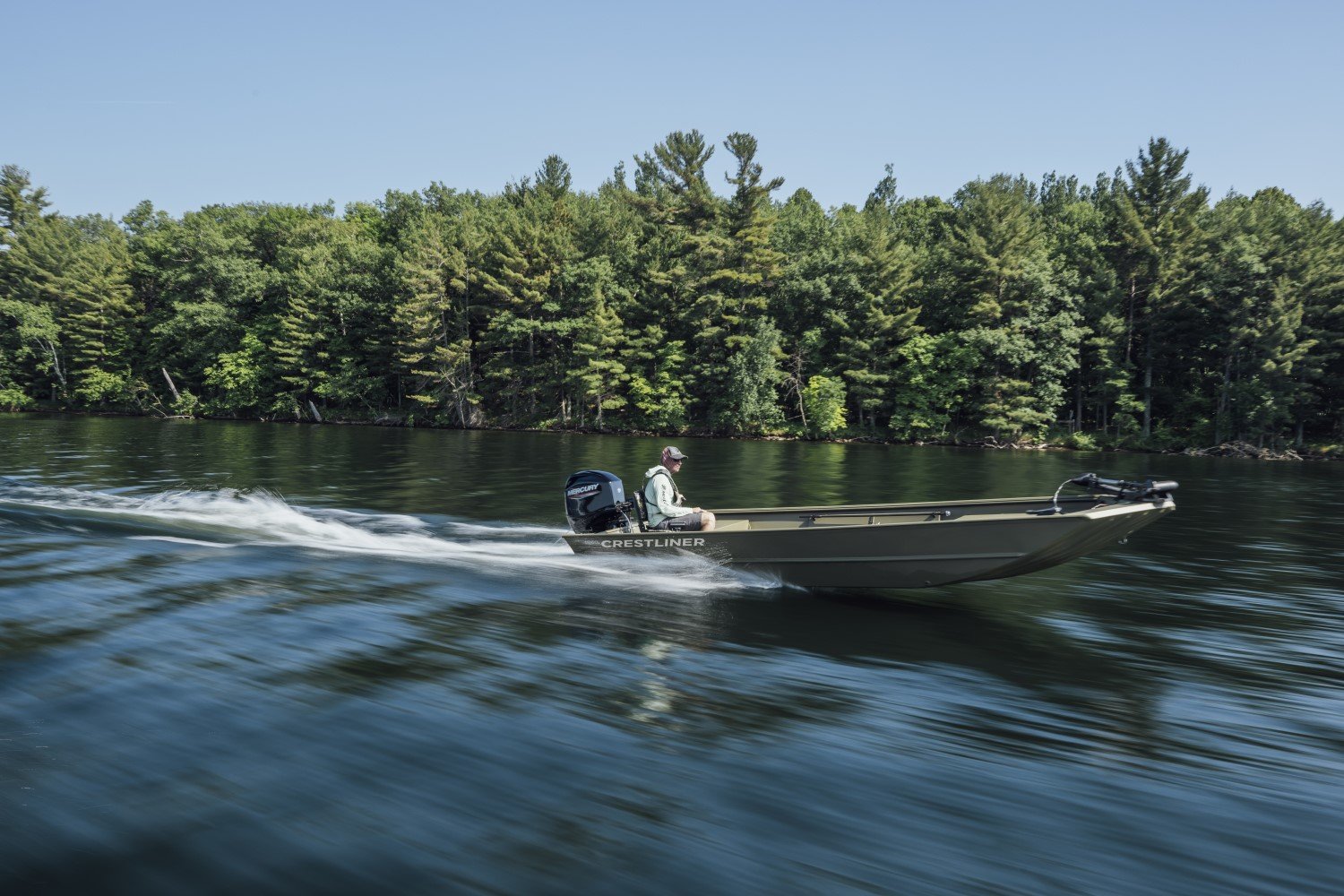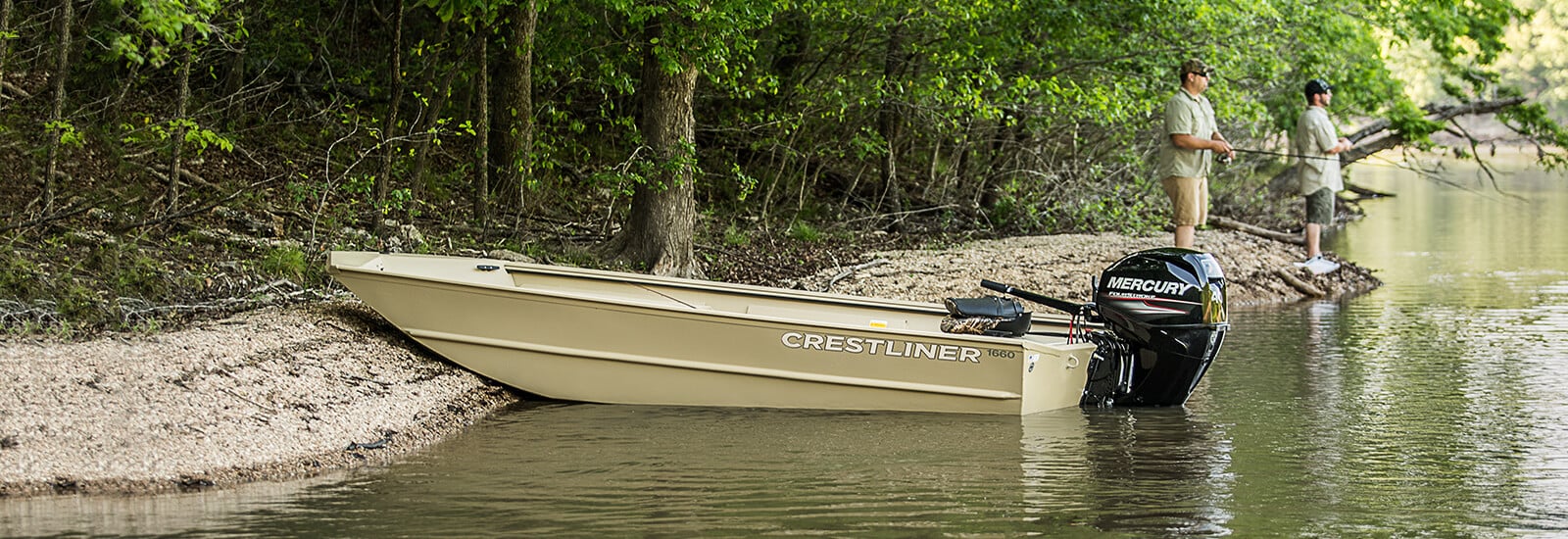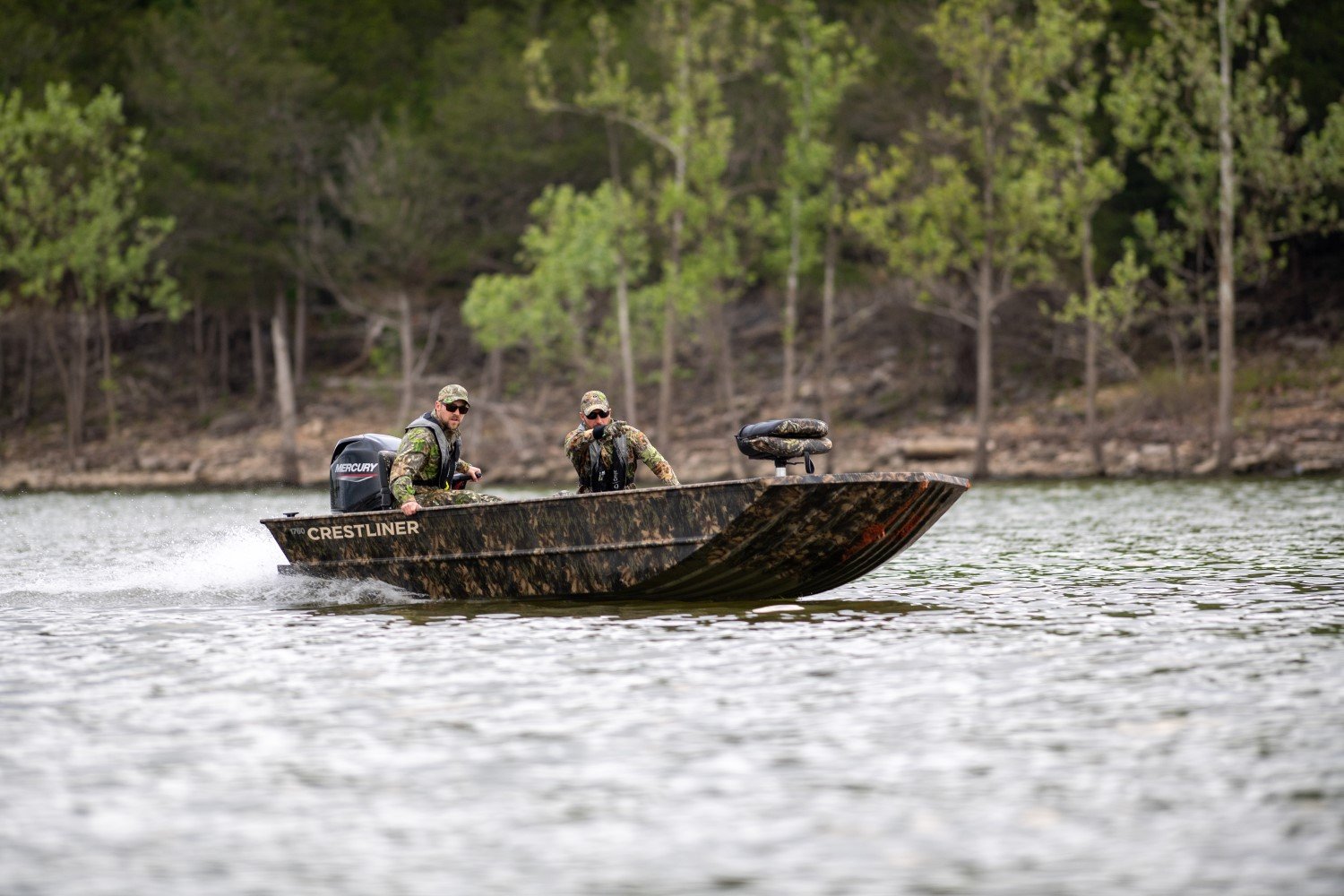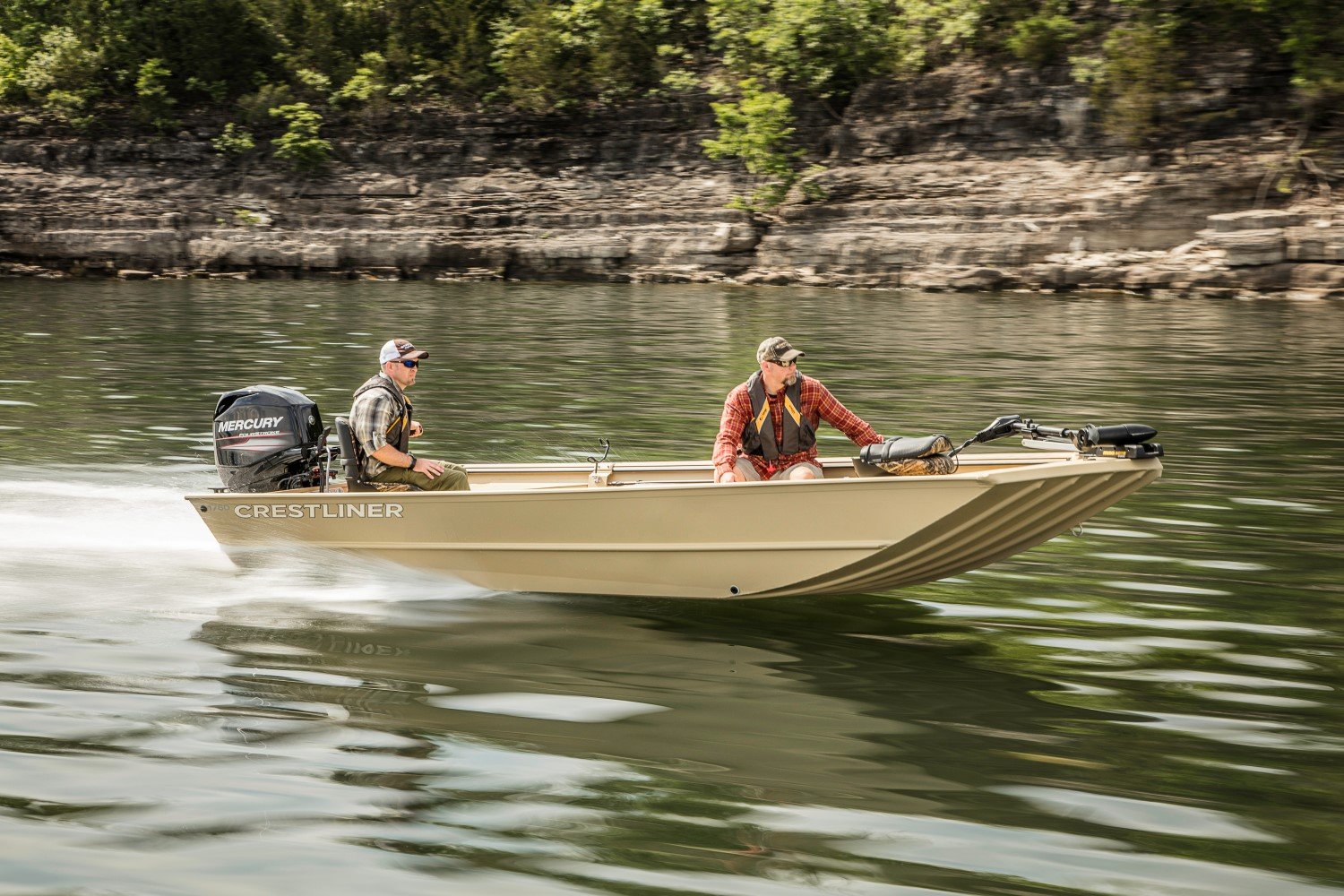How to Catch Spring Walleye
By Jason Mitchell
In contrast to fall or summer, spring walleye fishing right after the spawn is a dynamic period where fish can shift daily. While post-spawn fish can be found deep or shallow, water temperature is crucial to focus on. The primary variable that influences fish movement at this time is wind. Wind can bring colder water onto a spot or shoreline, stack warmer water along a particular shoreline, or back into a bay. During strong winds, I often search for pockets of protected water located in a bay within a bay. Locations exposed to colder water pushed in by strong winds tend to shut down early in the season. Use your temperature gauge to identify pockets of water warmer than the rest of the lake you are fishing.
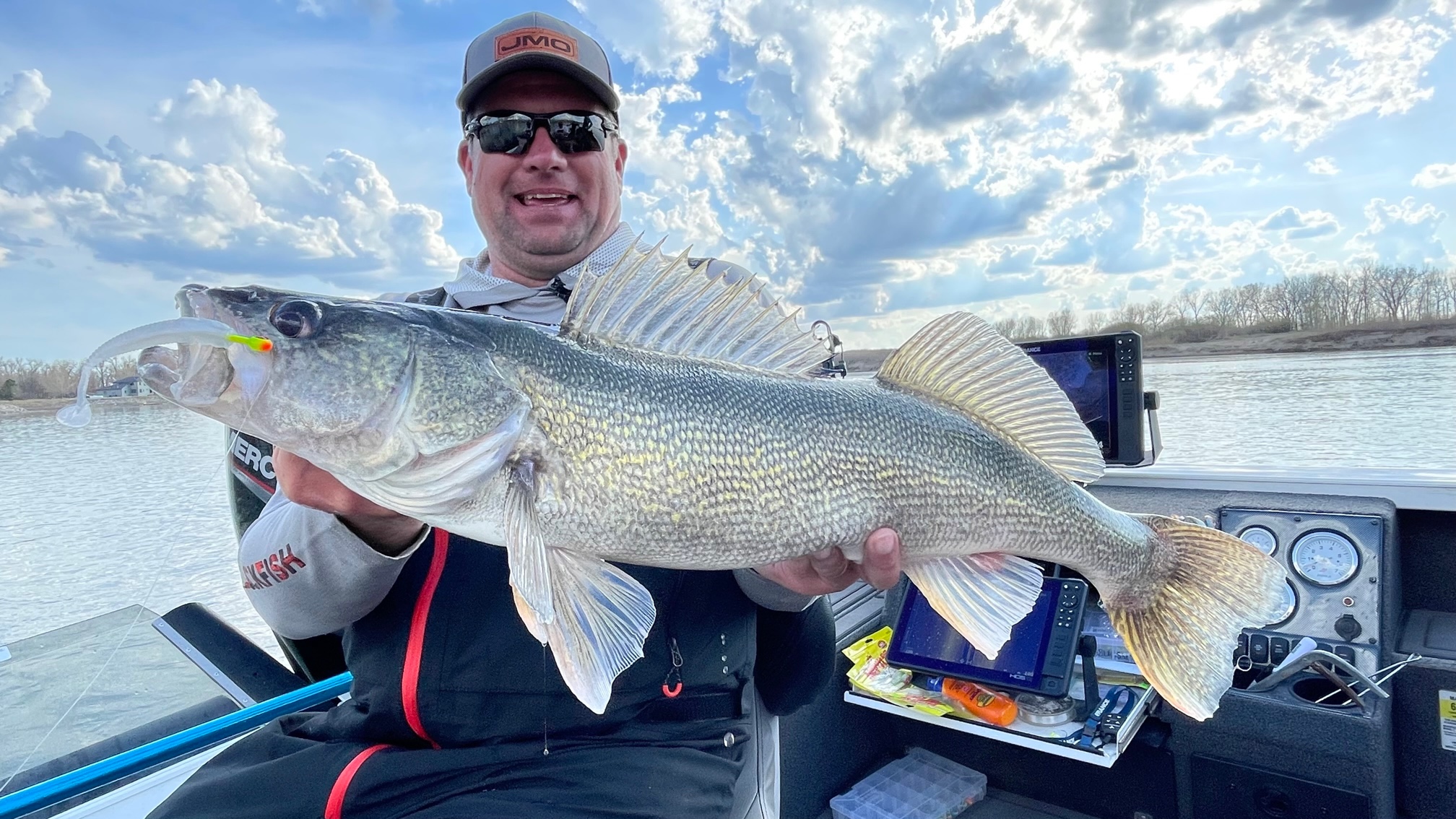
Some lakes exhibit deeper patterns during spring, particularly in bottleneck areas with current or off-structure connected to the shoreline. However, a solid strategy that often yields results is to search for flats or structure within four hundred yards adjacent to known spawning areas in the first few weeks of post-spawn. I frequently find a significant portion of fish in shallow waters, often less than twelve feet deep. Preferred locations include sand flats and saddles extending from the shoreline or shallow bays with a basin less than ten feet deep that can warm up quickly. Look for these types of locations and then search for water temperatures slightly warmer than the surrounding areas.
Typically, when you locate fish, you can catch them with some basic presentations during this time of year. The key is simply finding the fish. When on the hunt, I prefer to use a variety of soft plastics, crankbaits, or hard baits to sample and cover water. Since I often focus on water less than twelve feet deep, I frequently cast or pitch away from the boat. I also prioritize locations where the wind is blowing on the spot. In clear water, casting away from the boat is crucial.
 Effective Baits
Effective Baits
One of my go-to search baits is a simple jig and plastic that can be hopped, dragged, or swam from shallow to deep on a cast. A Northland Fishing Tackle MVP Jig in the ¼ ounce paired with an Eye Candy Paddle Shad is highly versatile for making far casts and covering different depths. Don’t overlook throwing jerk baits or crankbaits to search for fish in shallow water with a slow taper. Top lures include:
· Rapala X Raps,
· Northland Rumble Shiners,
· Rapala Shad Raps,
· Northland Rumble Shads
· Berkley Flicker Shads.
Whether using a jig and plastic or a hard bait, I often spool with 8 or 10 lb. braid and use a three-to-four-foot 10 lb. fluorocarbon leader.
Another tool I use a lot to look for fish in shallow water is forward-facing sonar in the perspective mode. I use Lowrance Active Target, and I find that this mode gives you a wider look when you are looking for fish. It also shines in shallow water, especially over sand or when fish are tucked tight to the bottom. I can also look for changes in the bottom composition or transitions like rock edges.
Don’t Be Afraid To Go Off Script
There are situations where hard baits or jigs and plastic can be the go-to throughout the day. If fish are scattered randomly along a shoreline, it pays to cover water and fish faster. When the fish are snapping, I like to roll without live bait. There are times, however, when a fish or two on hard baits or soft plastics can slow you down to focus on a specific area with live bait. Typically, a jig and minnow or a slip bobber and leech. When using jigs and minnows in the spring, I like to use six-pound mono and often use 1/8th ounce to ¼ ounce jigs depending on the depth and wind. Live bait can account for most of your fish, especially when there is no wind and high sun or whenever the fish are off.
Use The Wind To Your Advantage
Early in the year, wind is often your friend unless that wind pushes colder water from the lake basin into your location. Something else to note, especially when the water temps are still hanging below 55 degrees, is that the mornings can be much slower, and the bite can sometimes improve later in the day when the water temps bump up a few degrees during the day.
Final Thoughts
These tips are a general rule of thumb. I have seen plenty of exceptions. For example, sometimes, good spring bites can develop on offshore rock reefs, especially if some fish spawn on those reefs. Deep patterns can happen, especially if many fish are transitioning or moving from one part of the lake to another. Generally, however, you can't usually go wrong focusing on water temps, shallow water, and structure coming off shorelines near major spawning locations right away in the spring. As the water warms up further and spring progresses, more patterns will develop around shiner spawns, young-of-the-year fish hatches, and bug hatches.
For more from Jason Mitchell, read his tips for walleye fishing in late summer.

